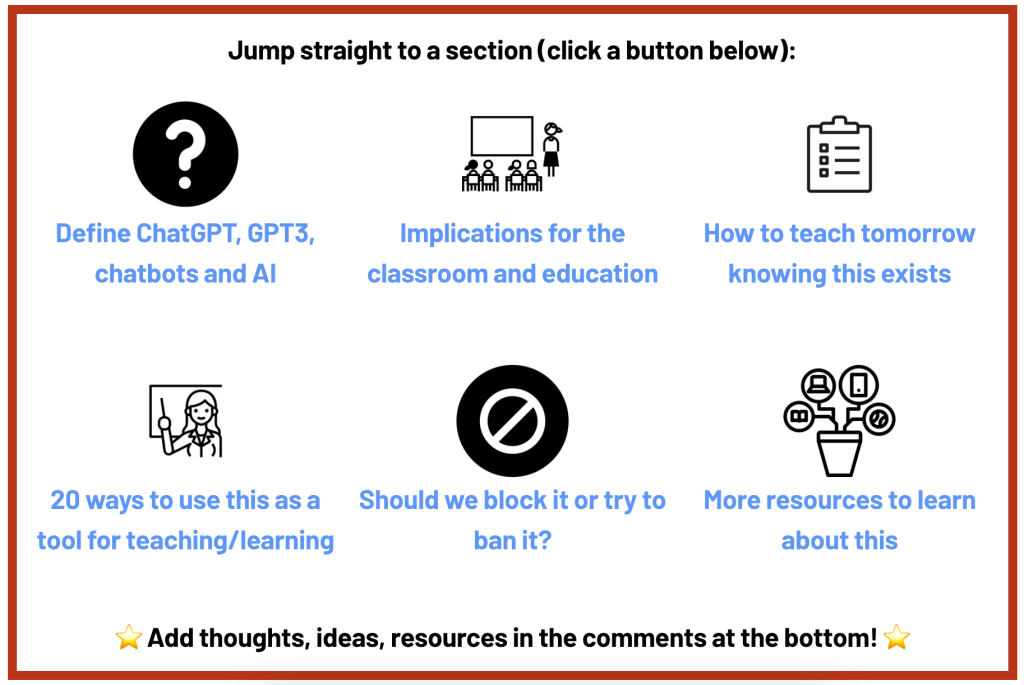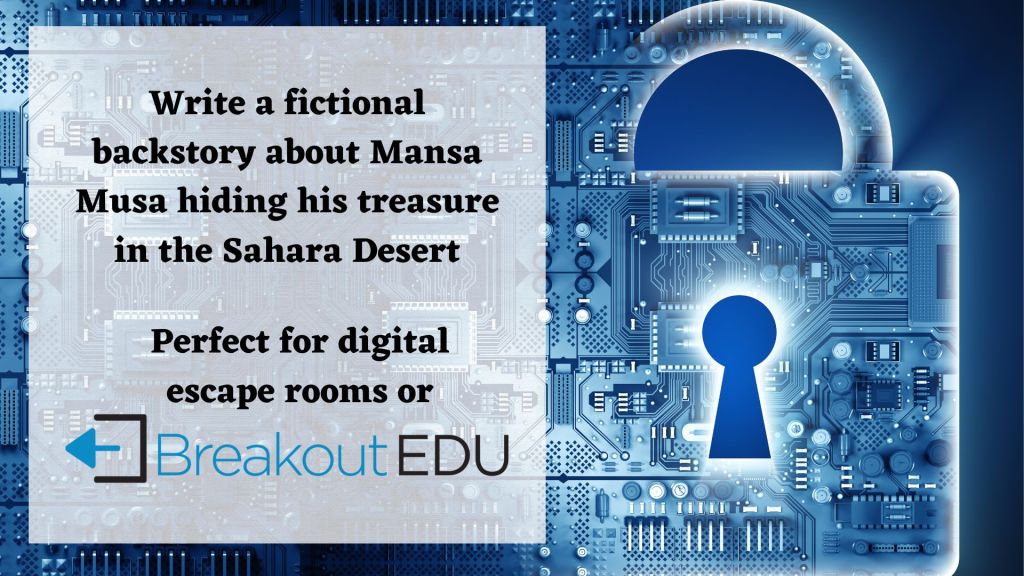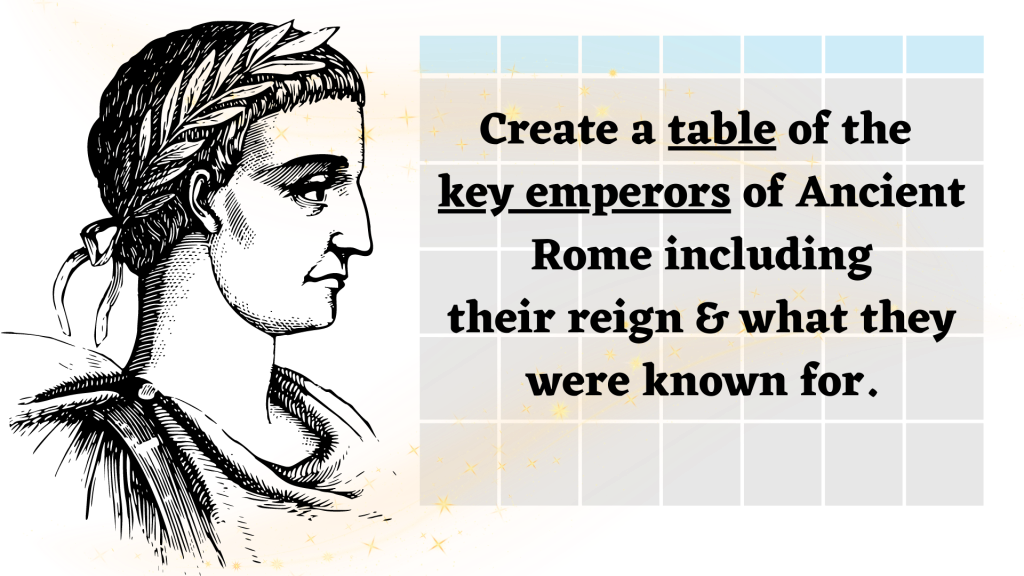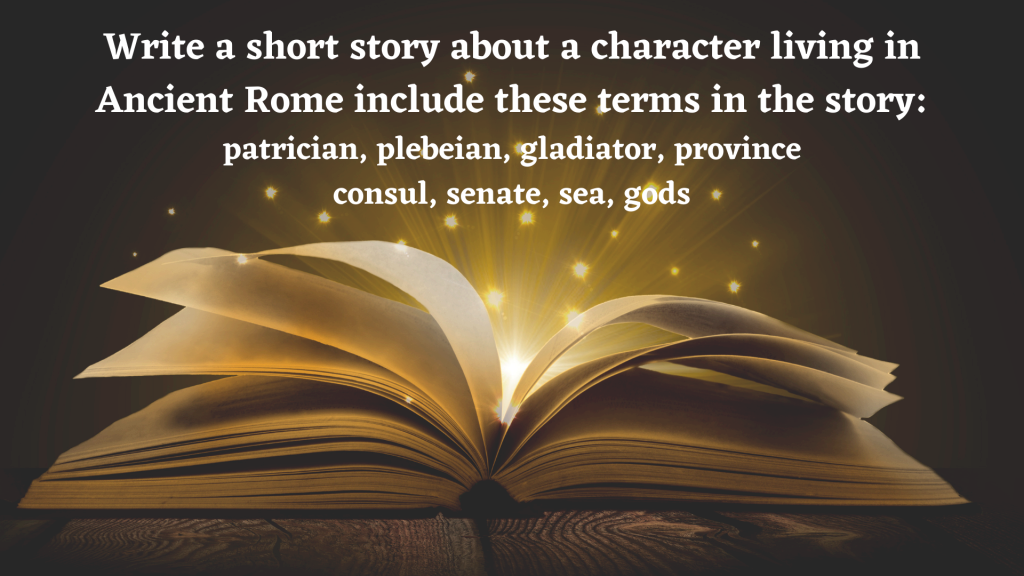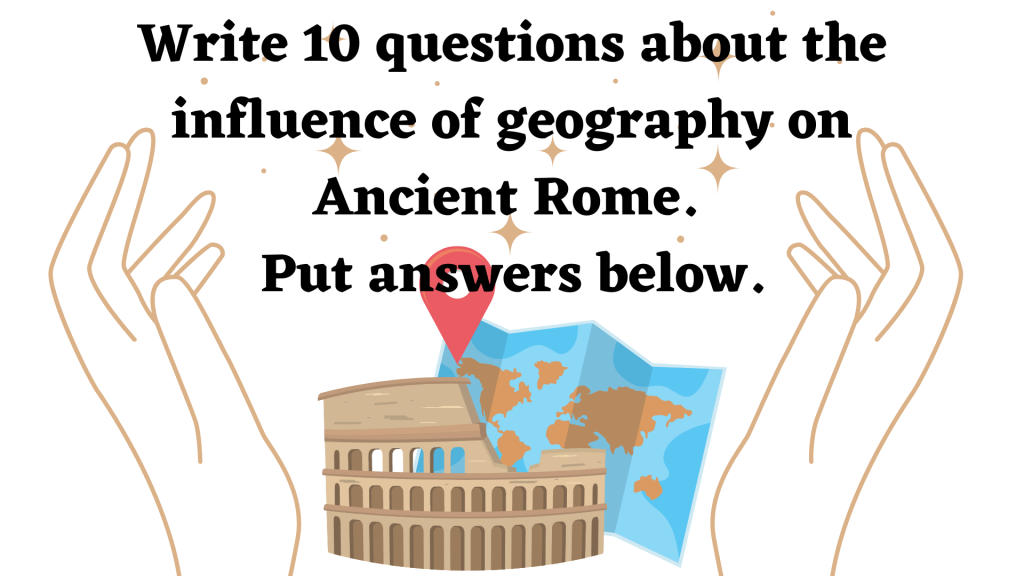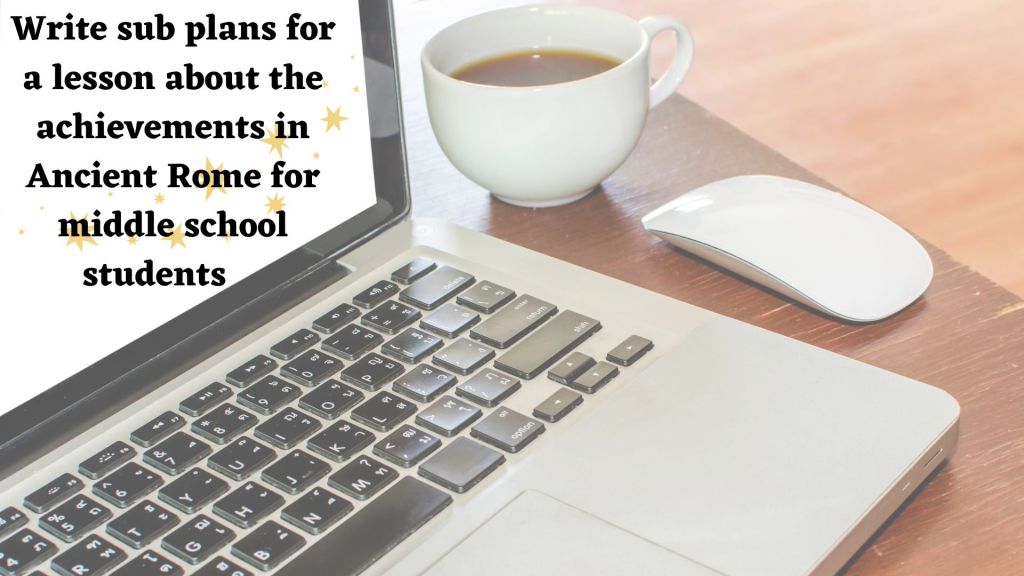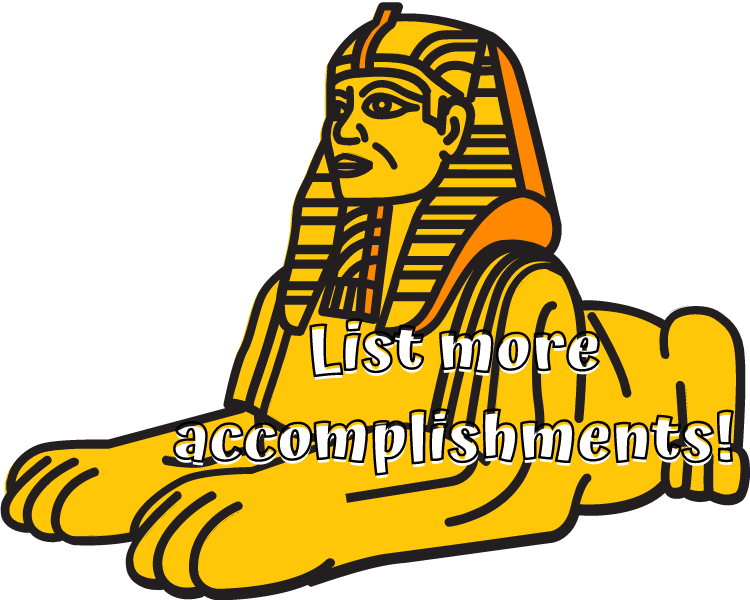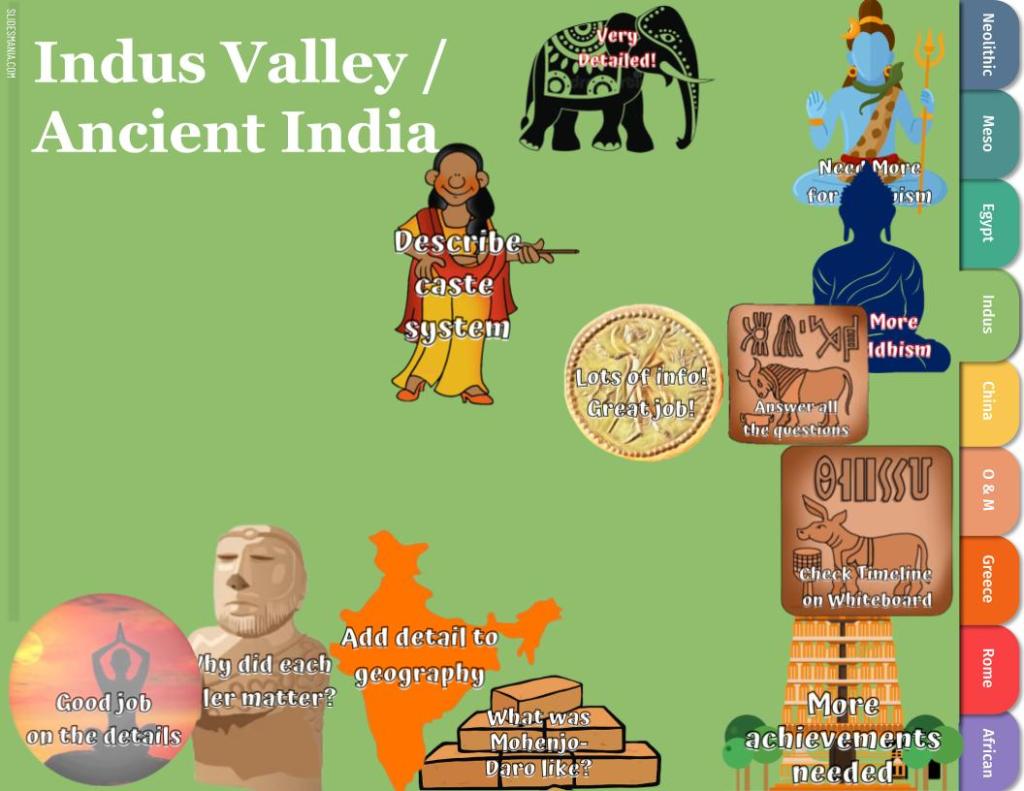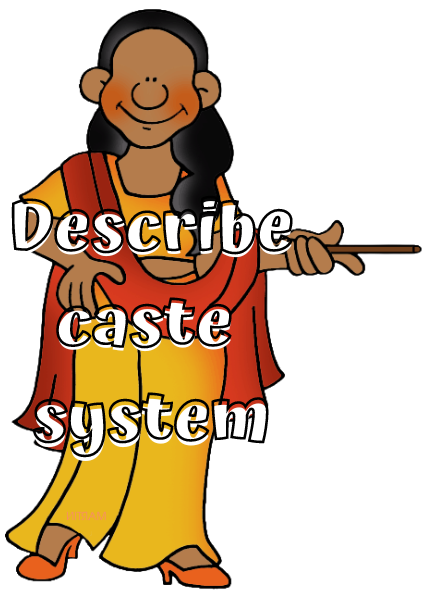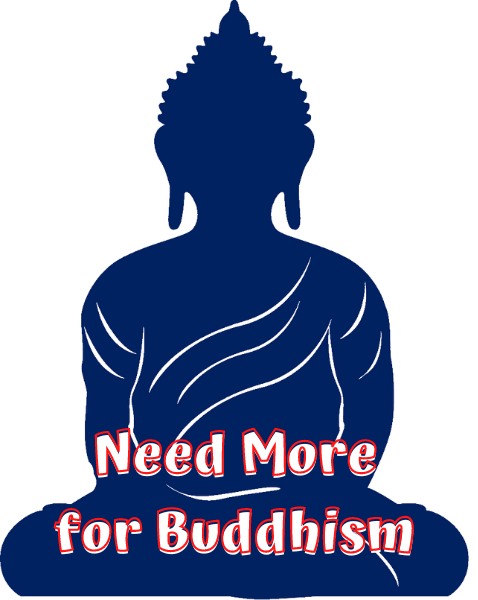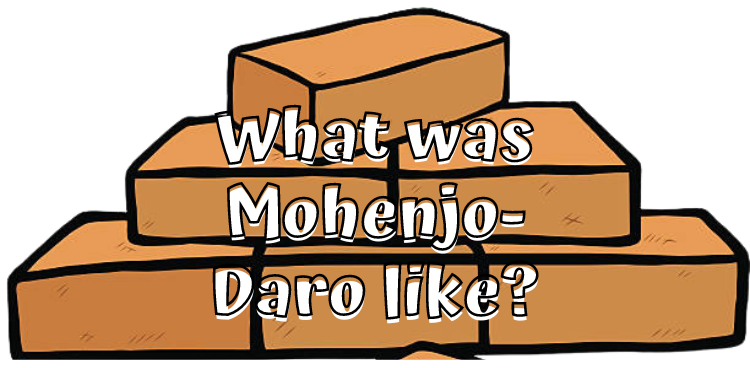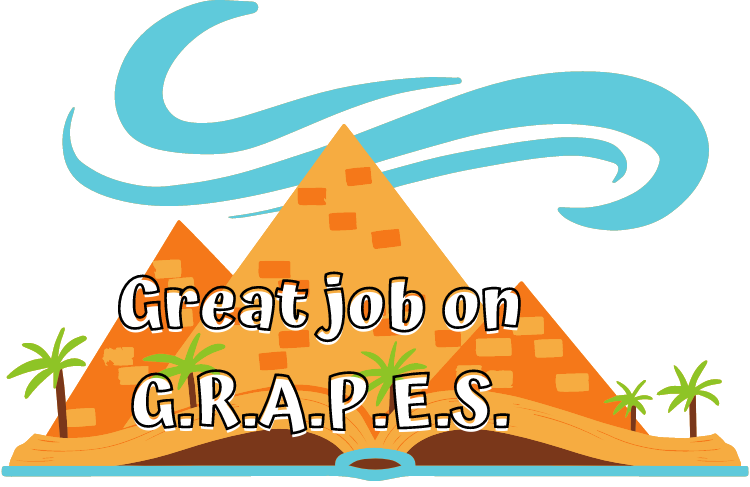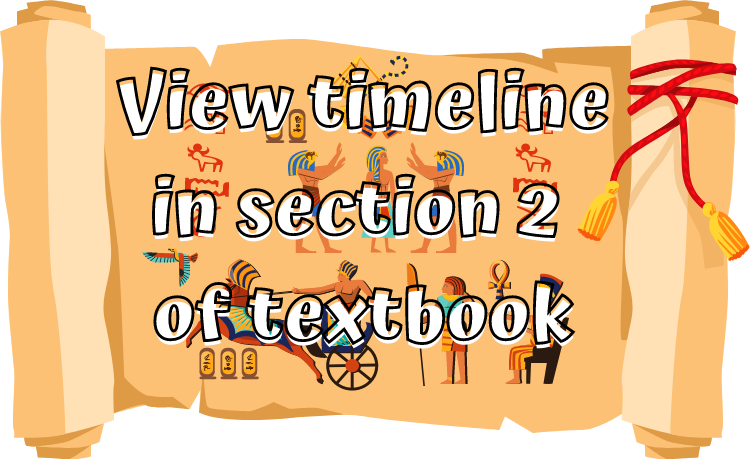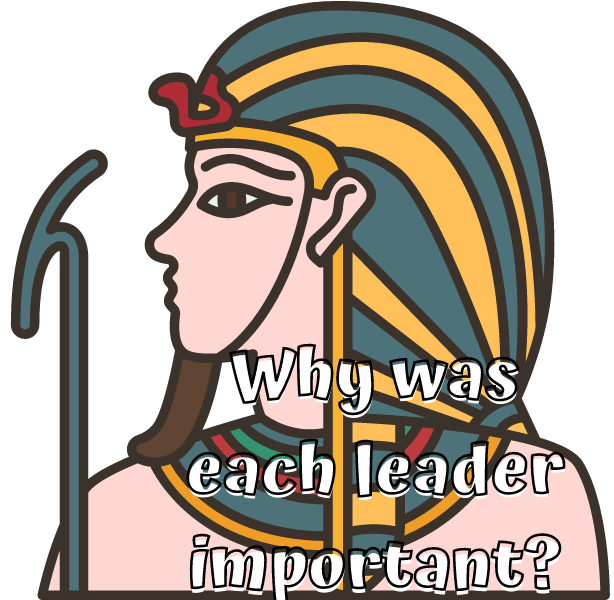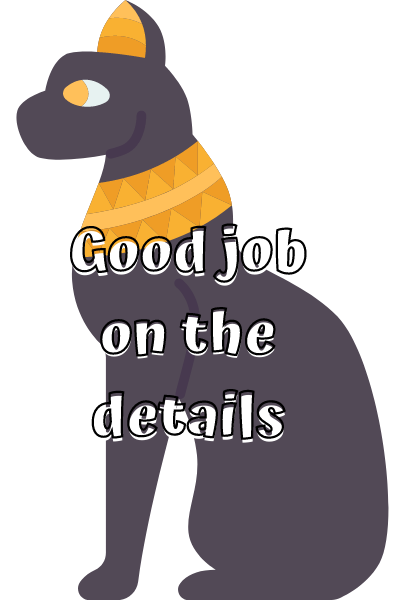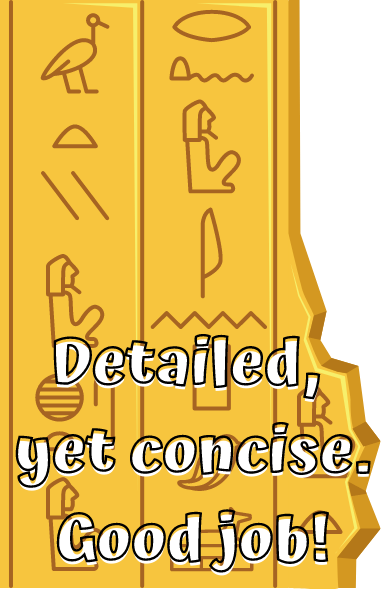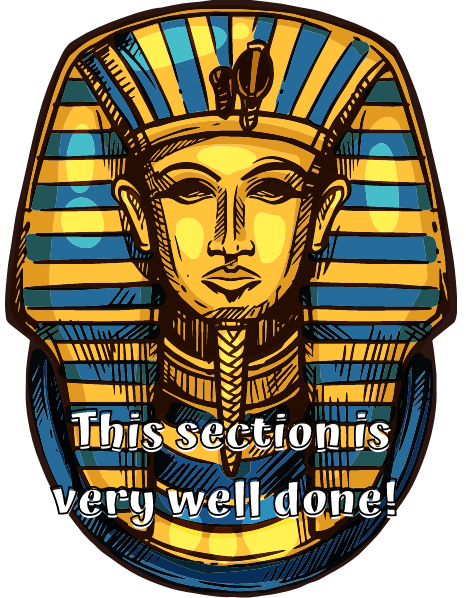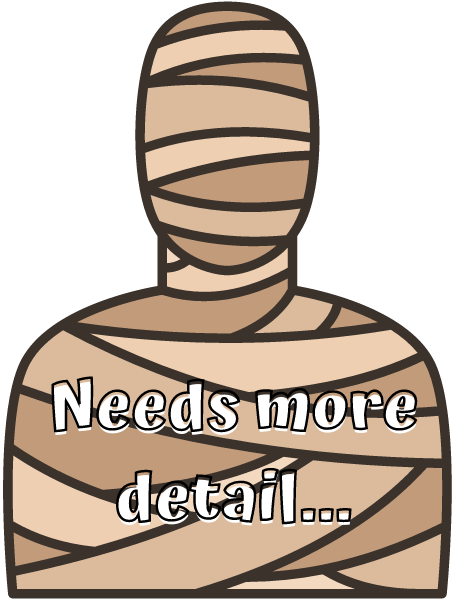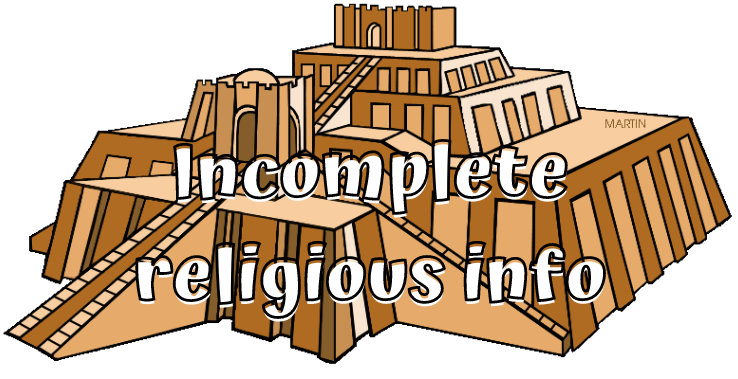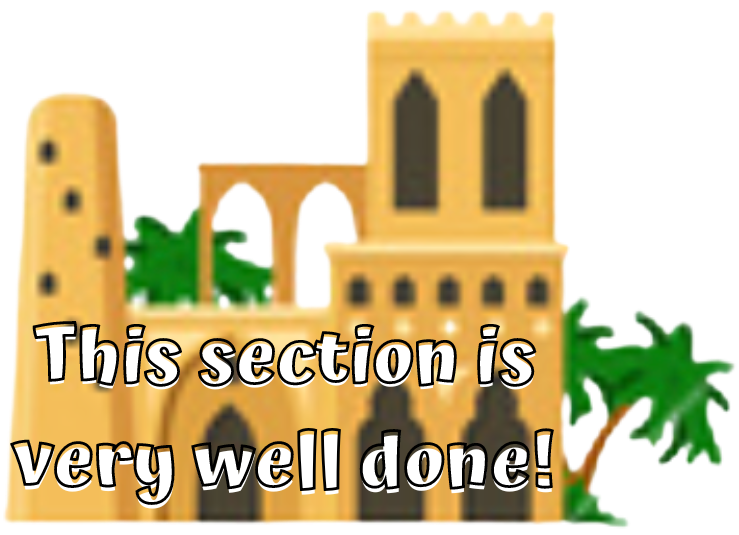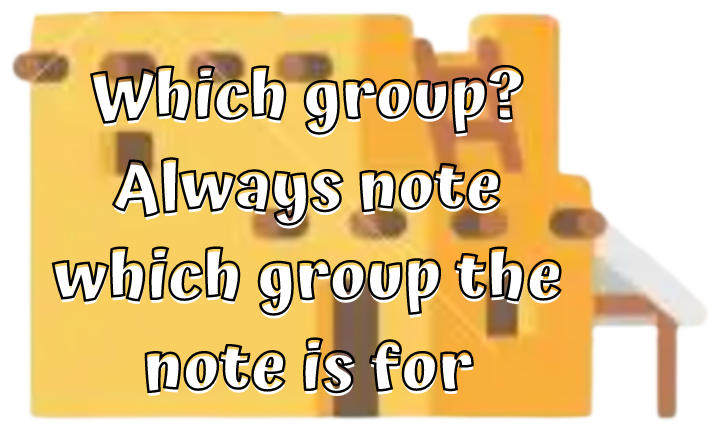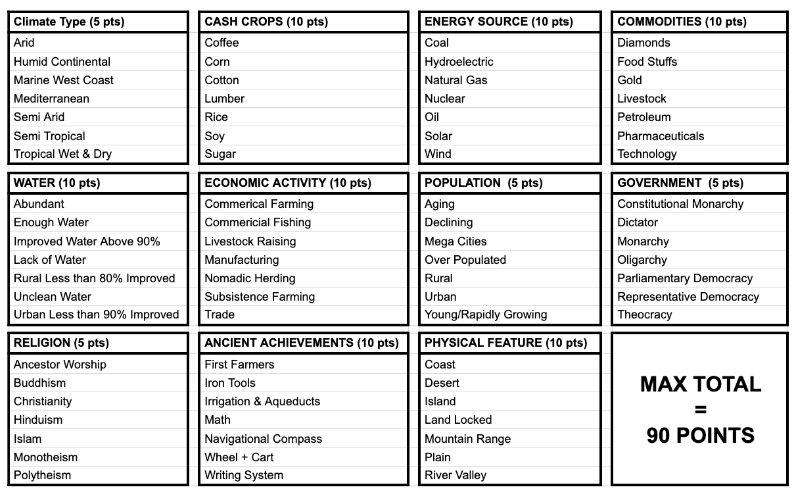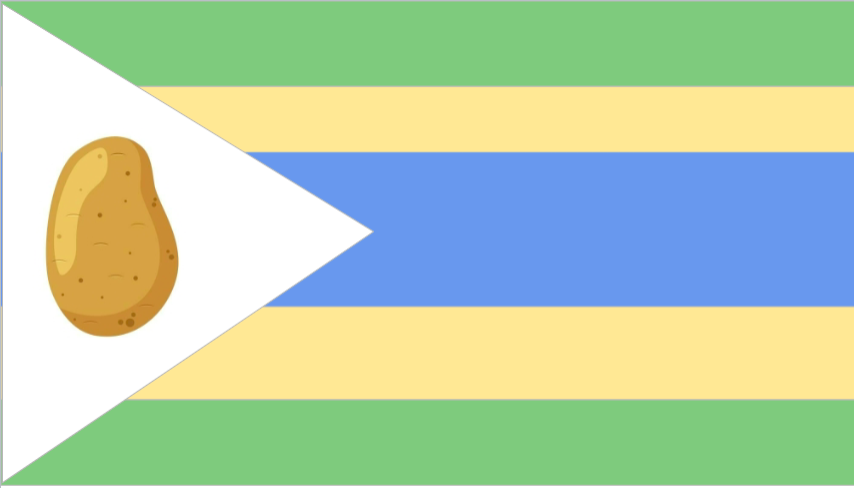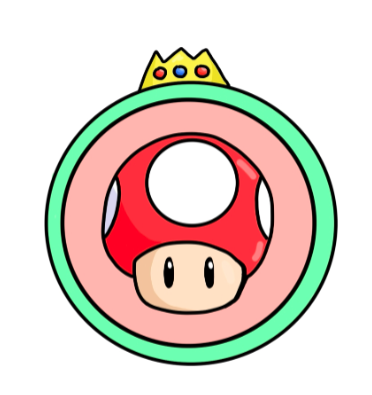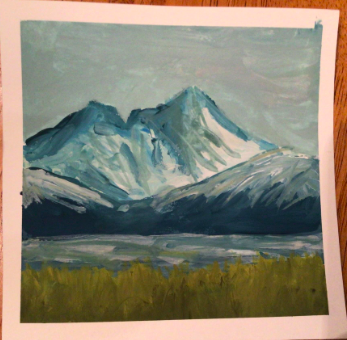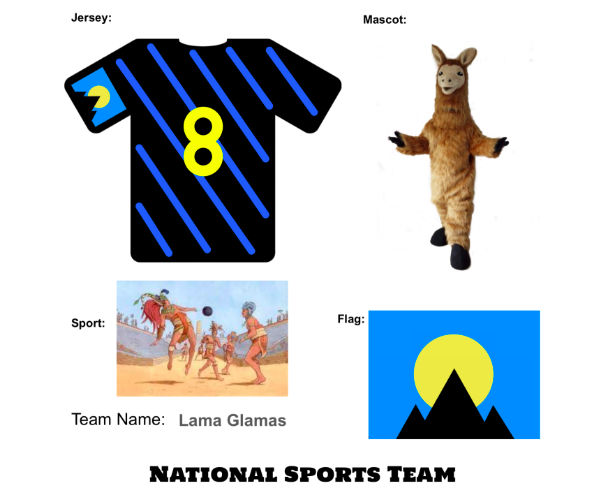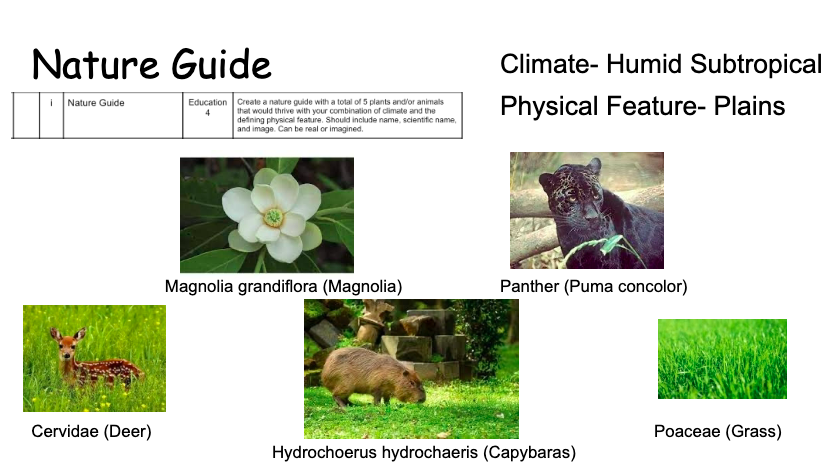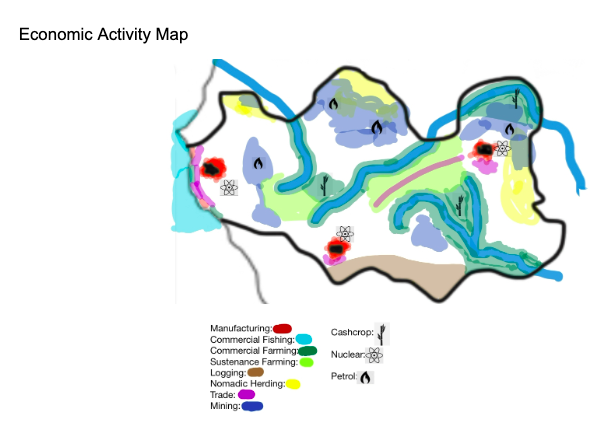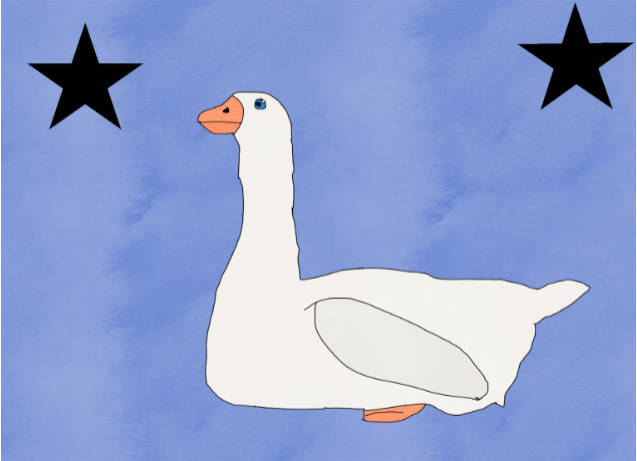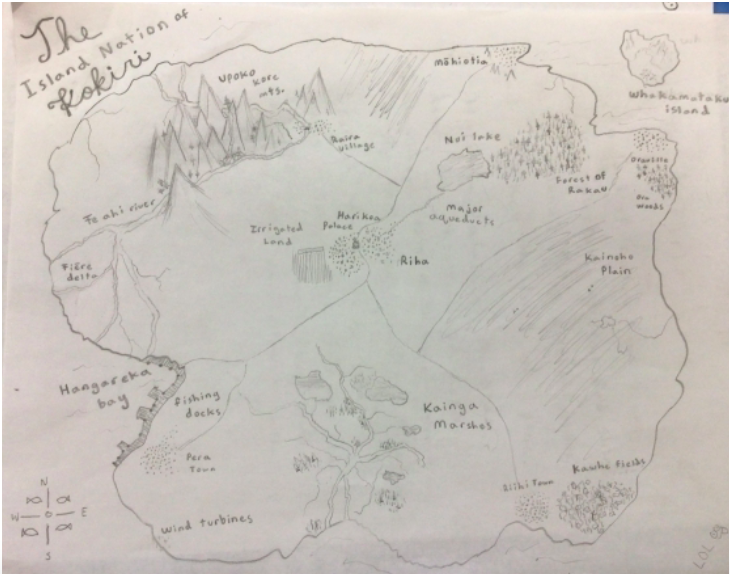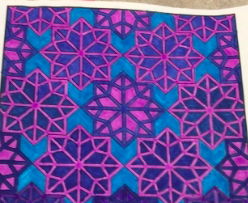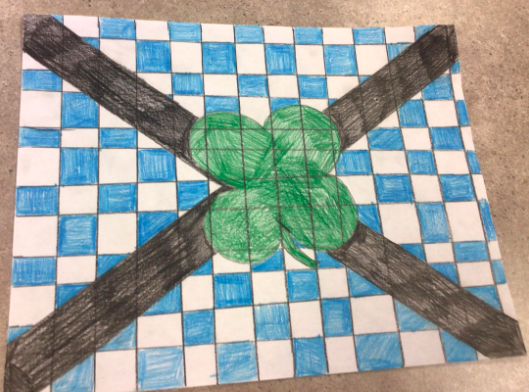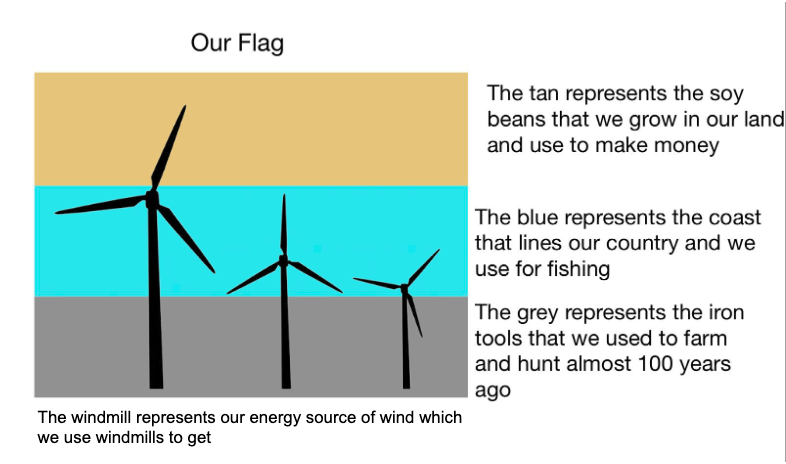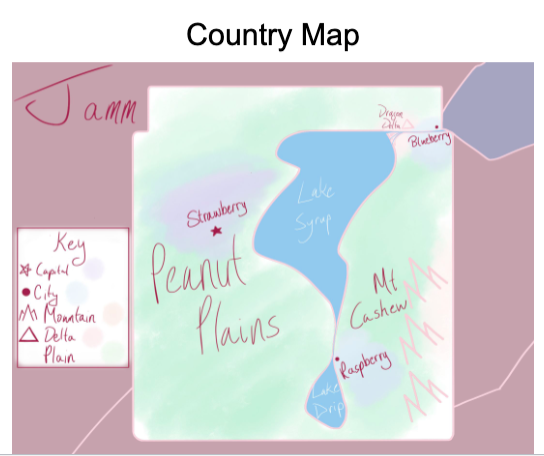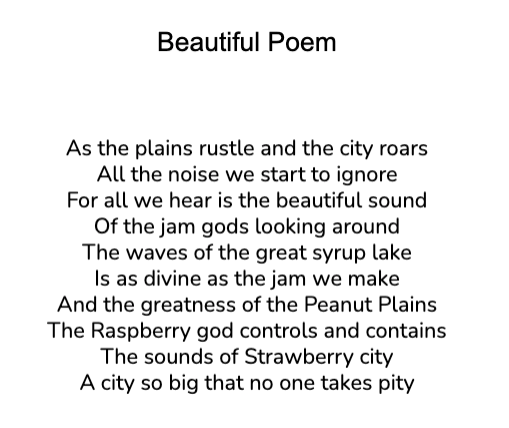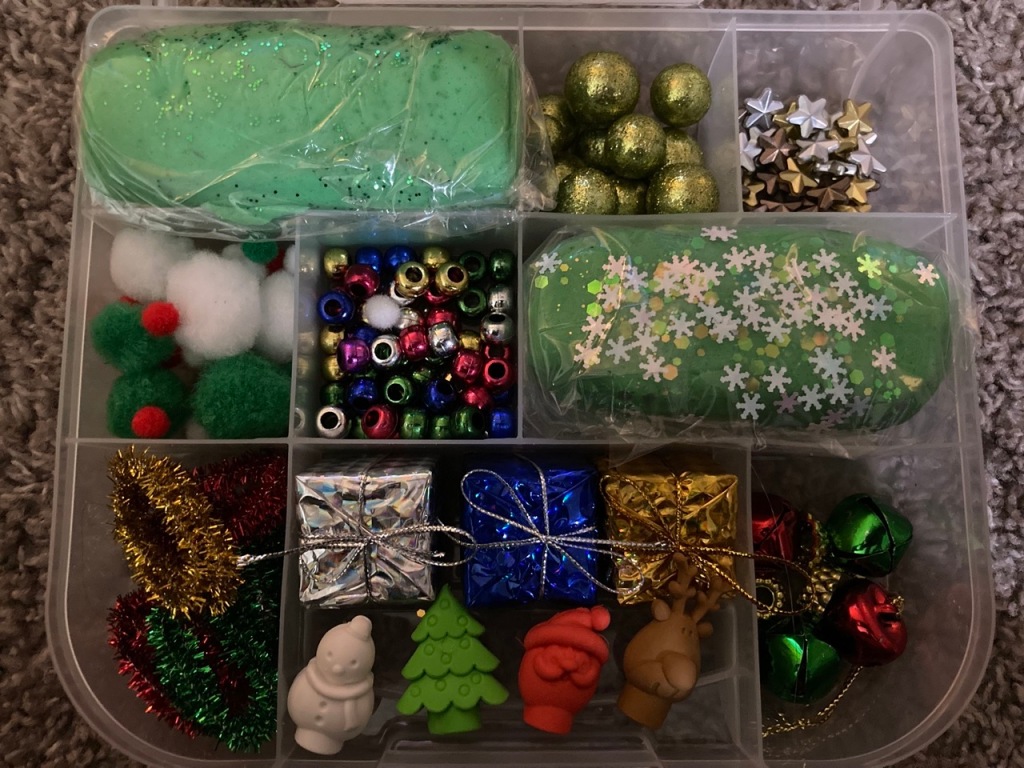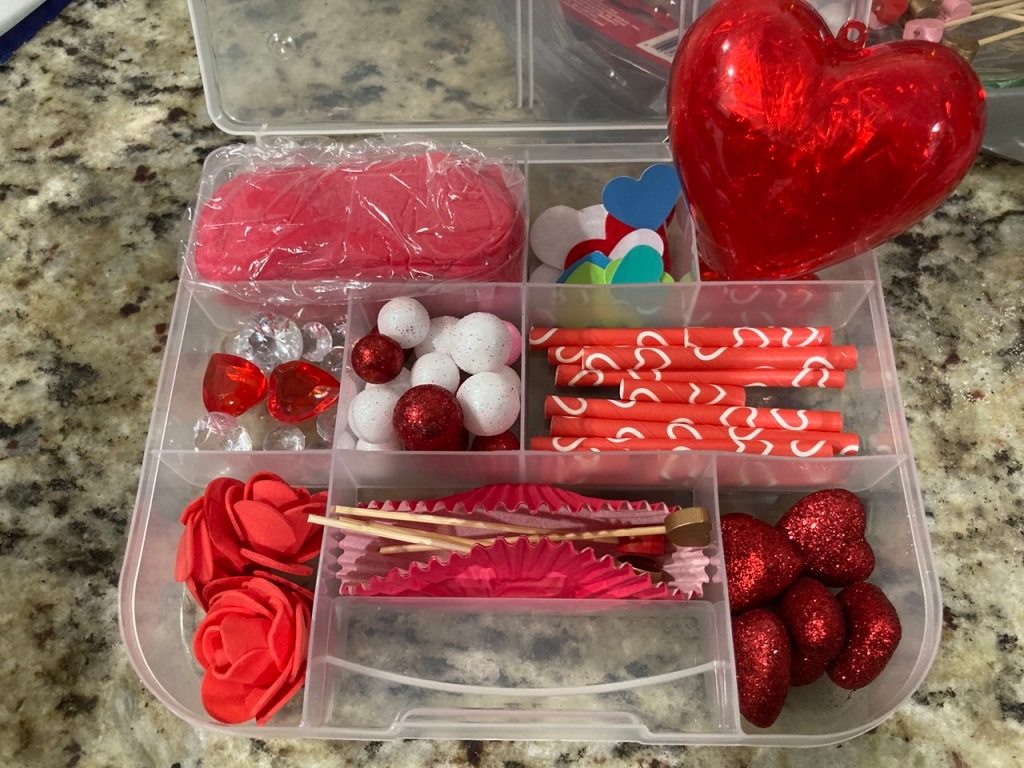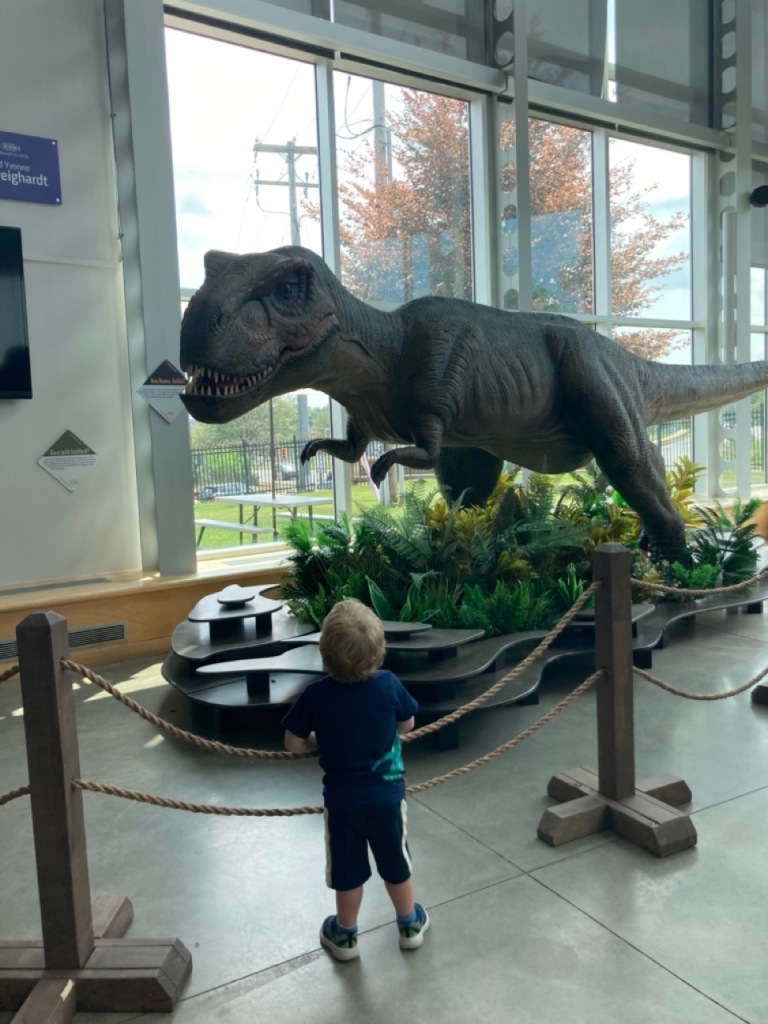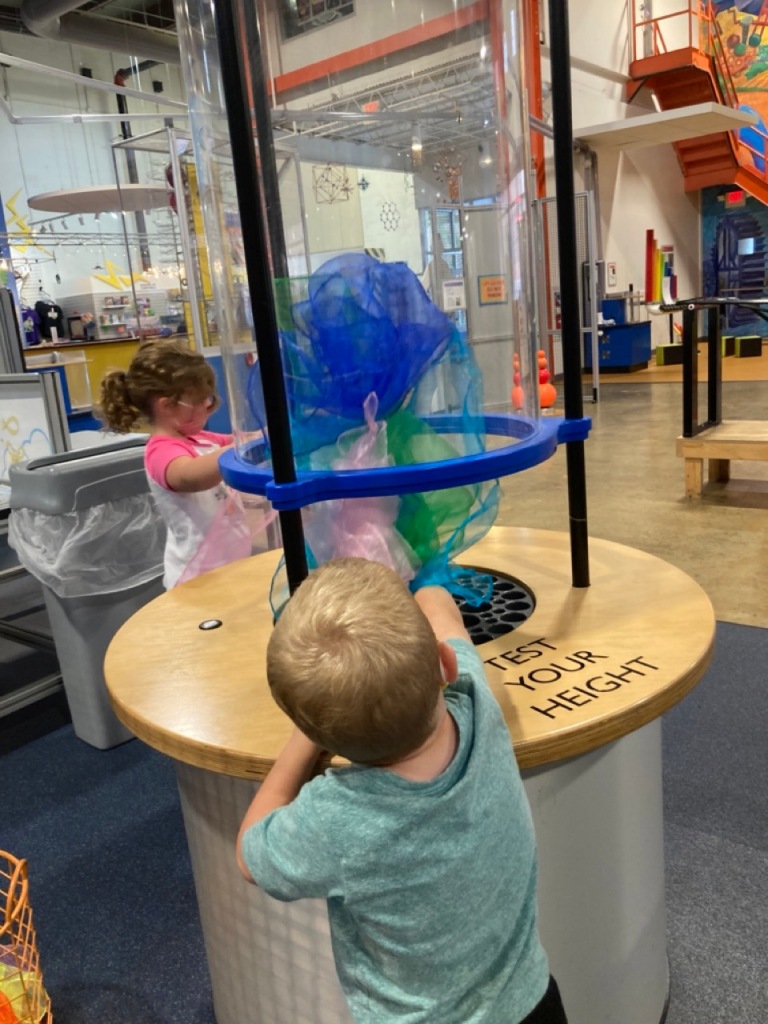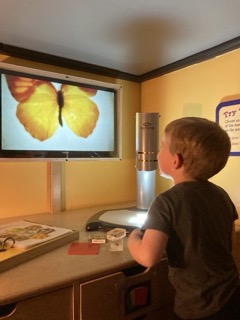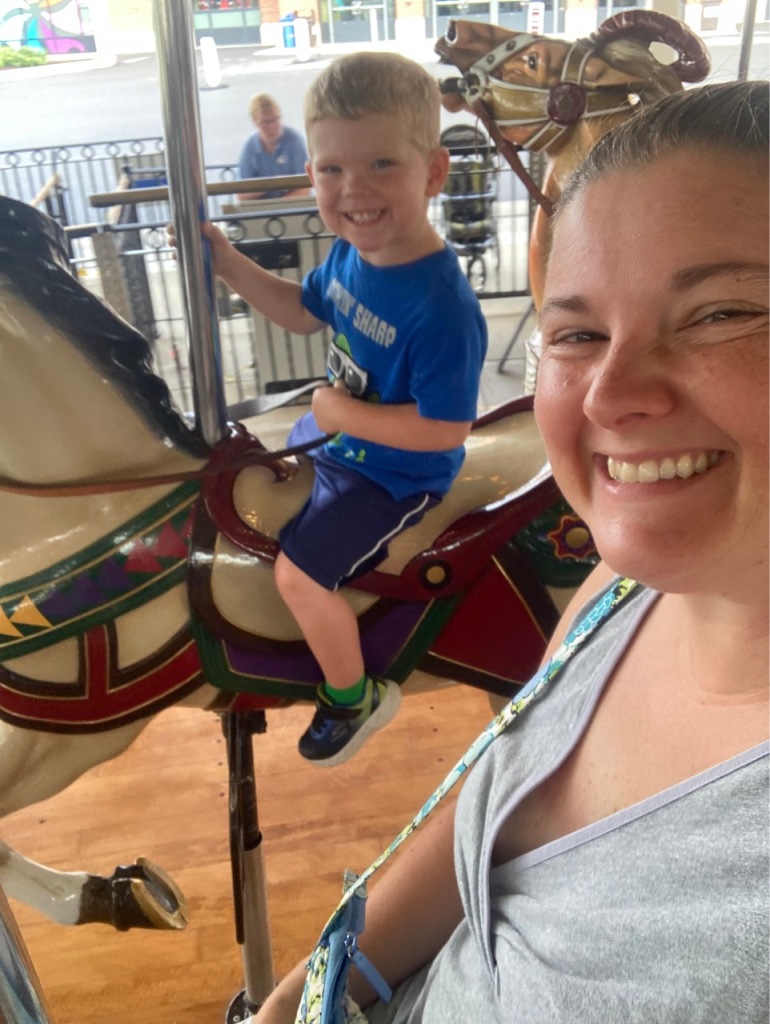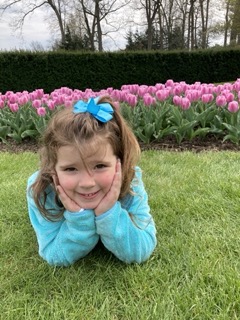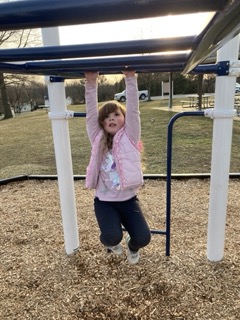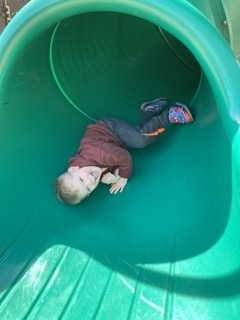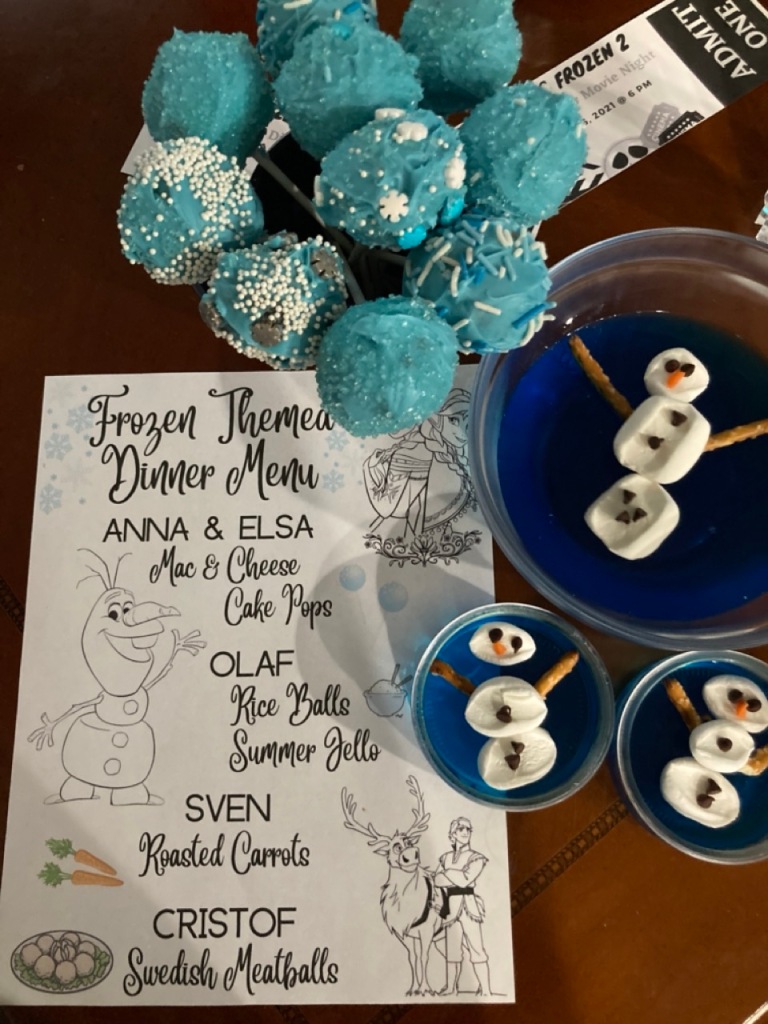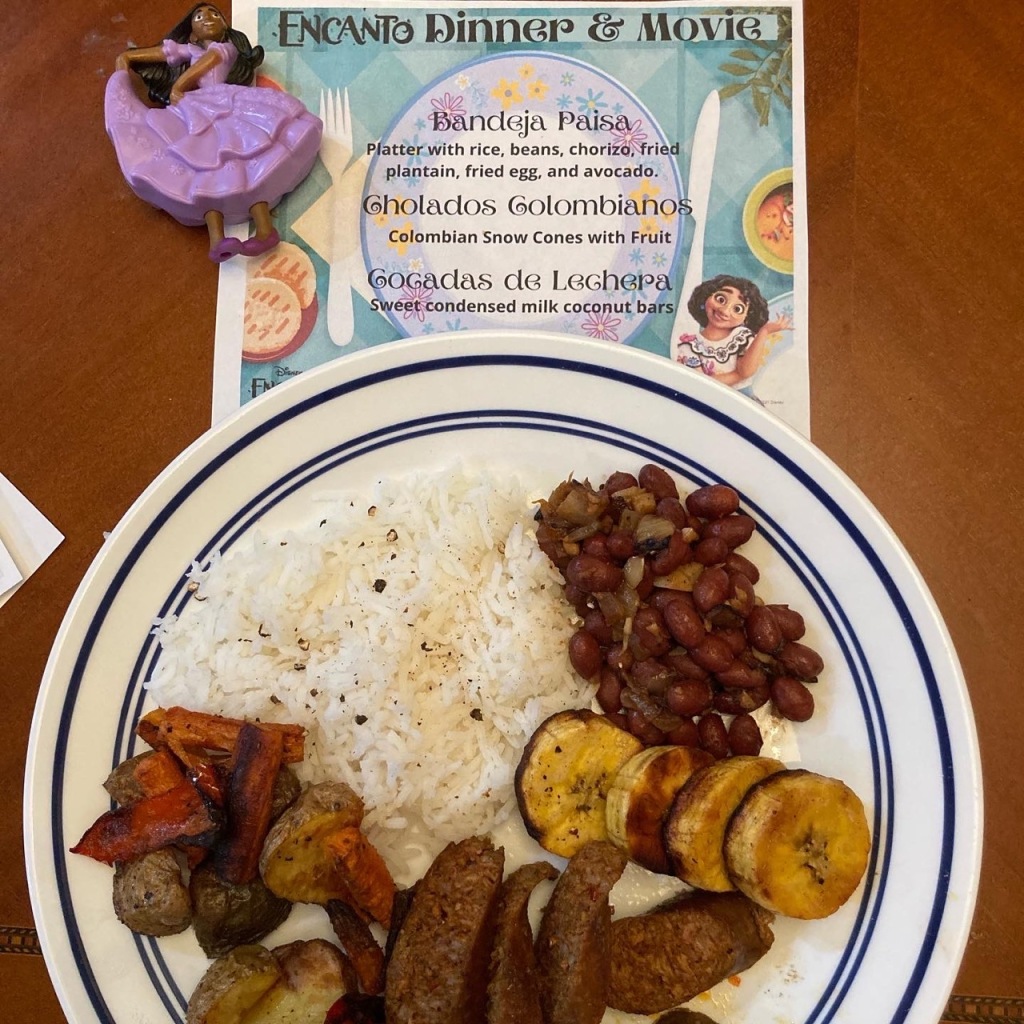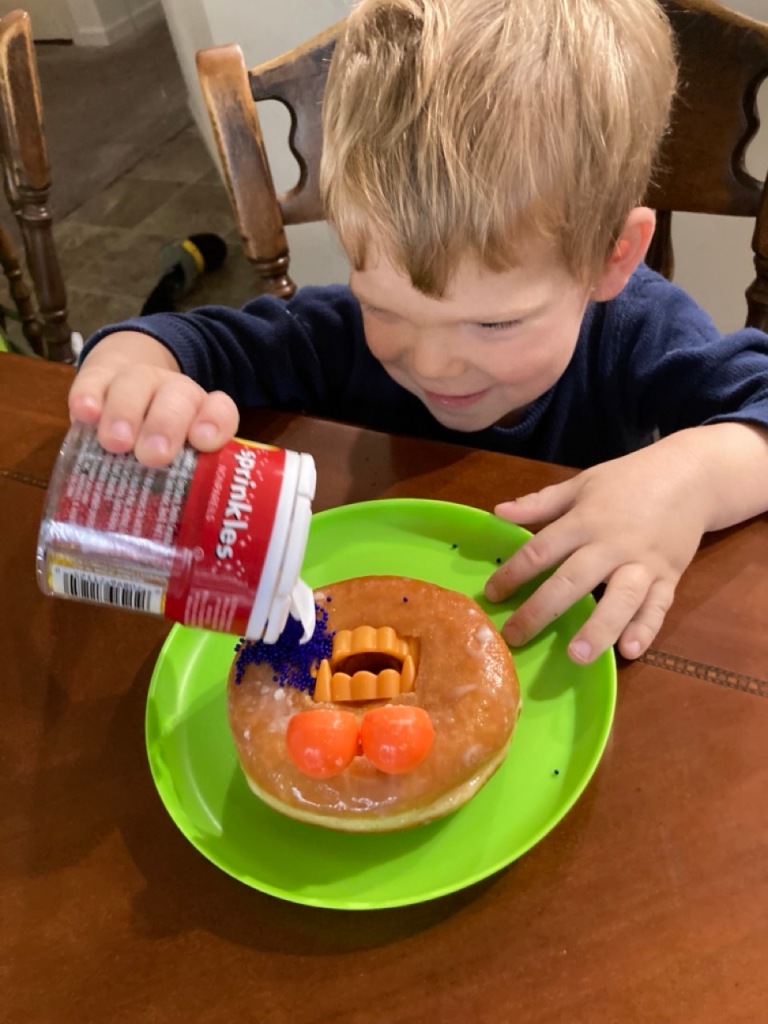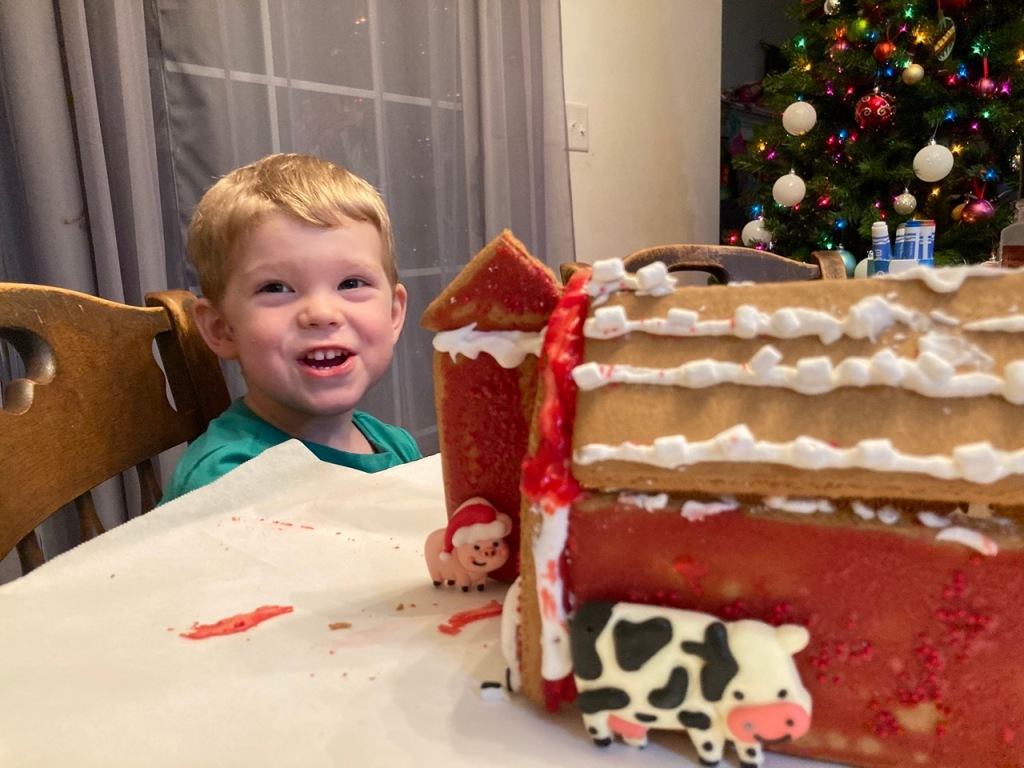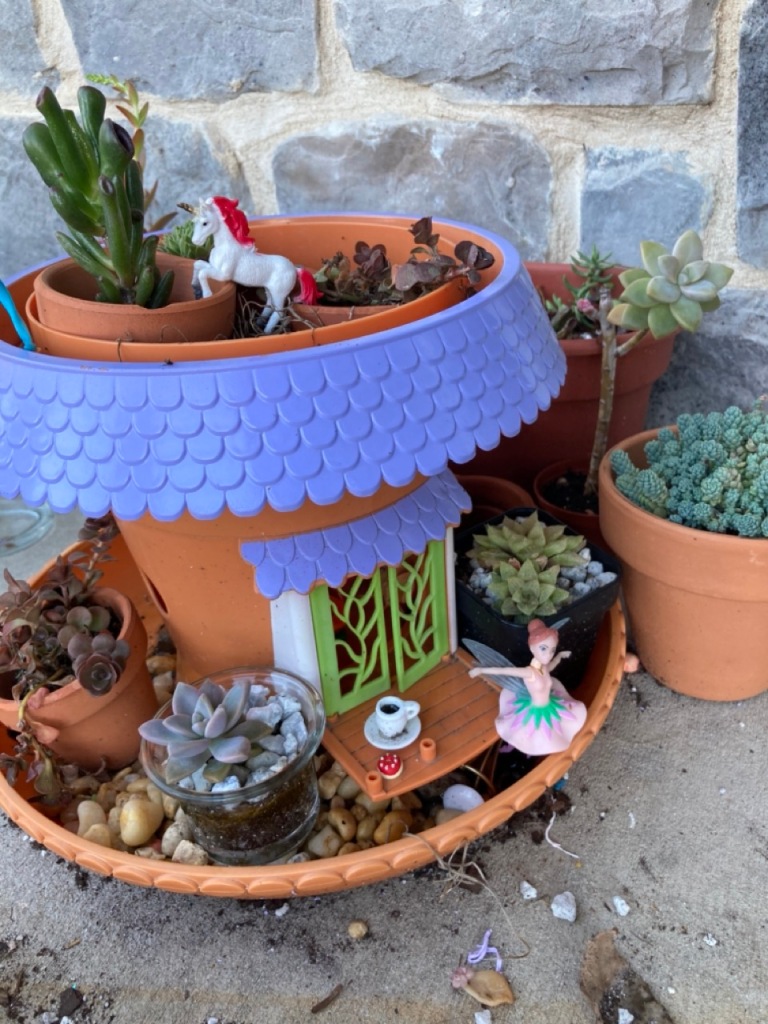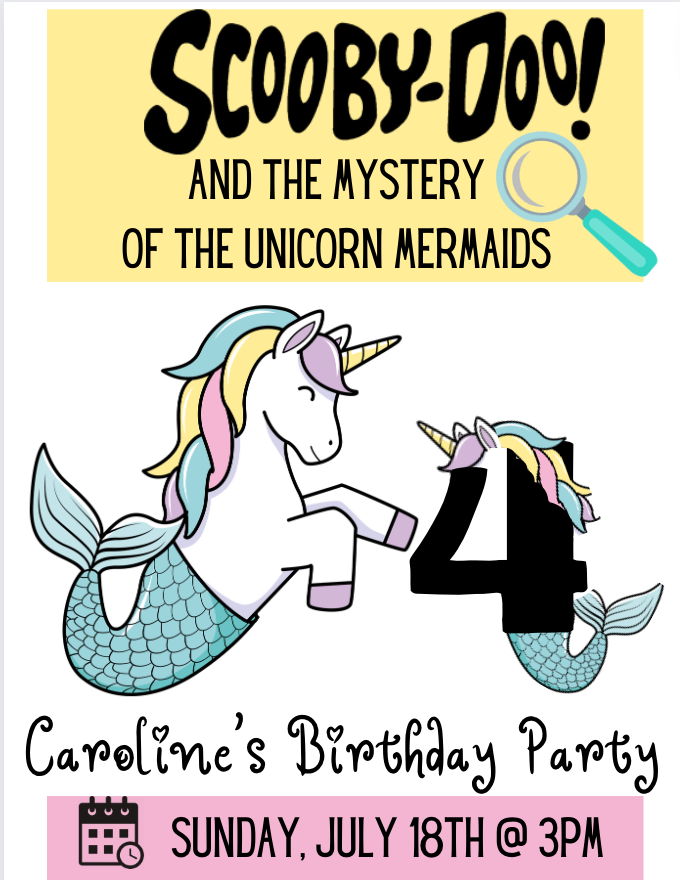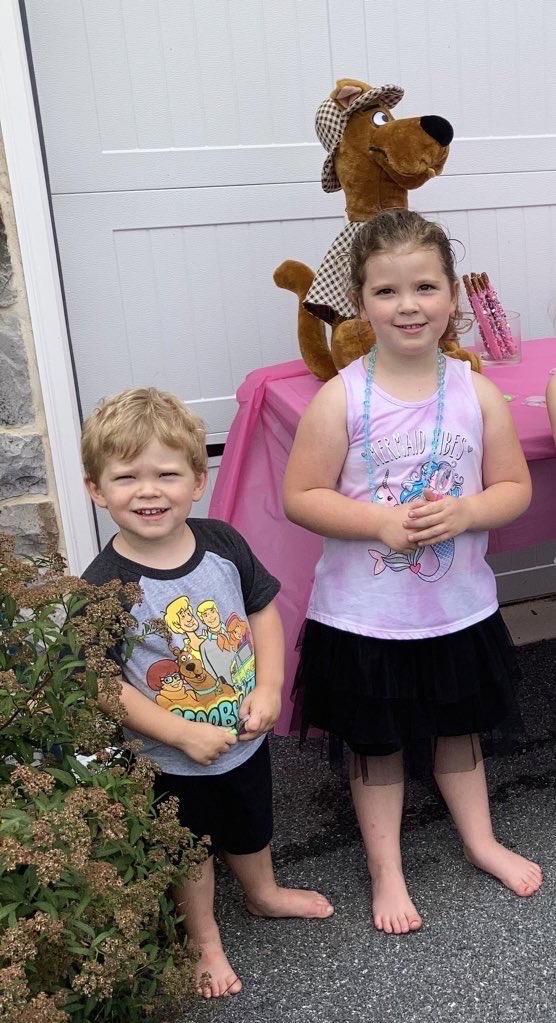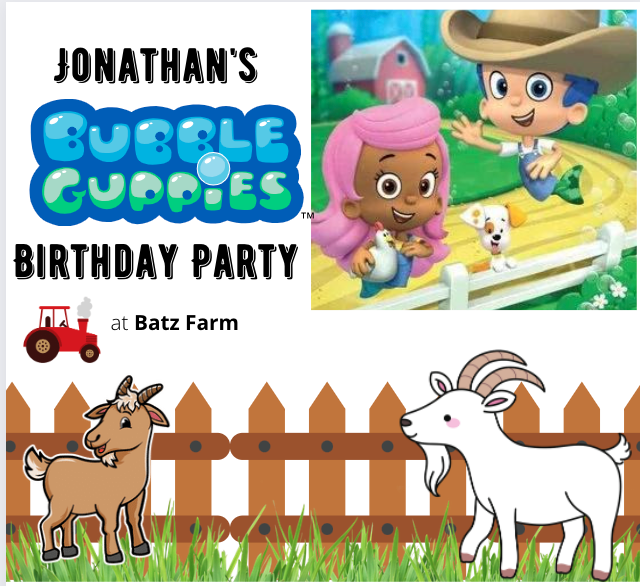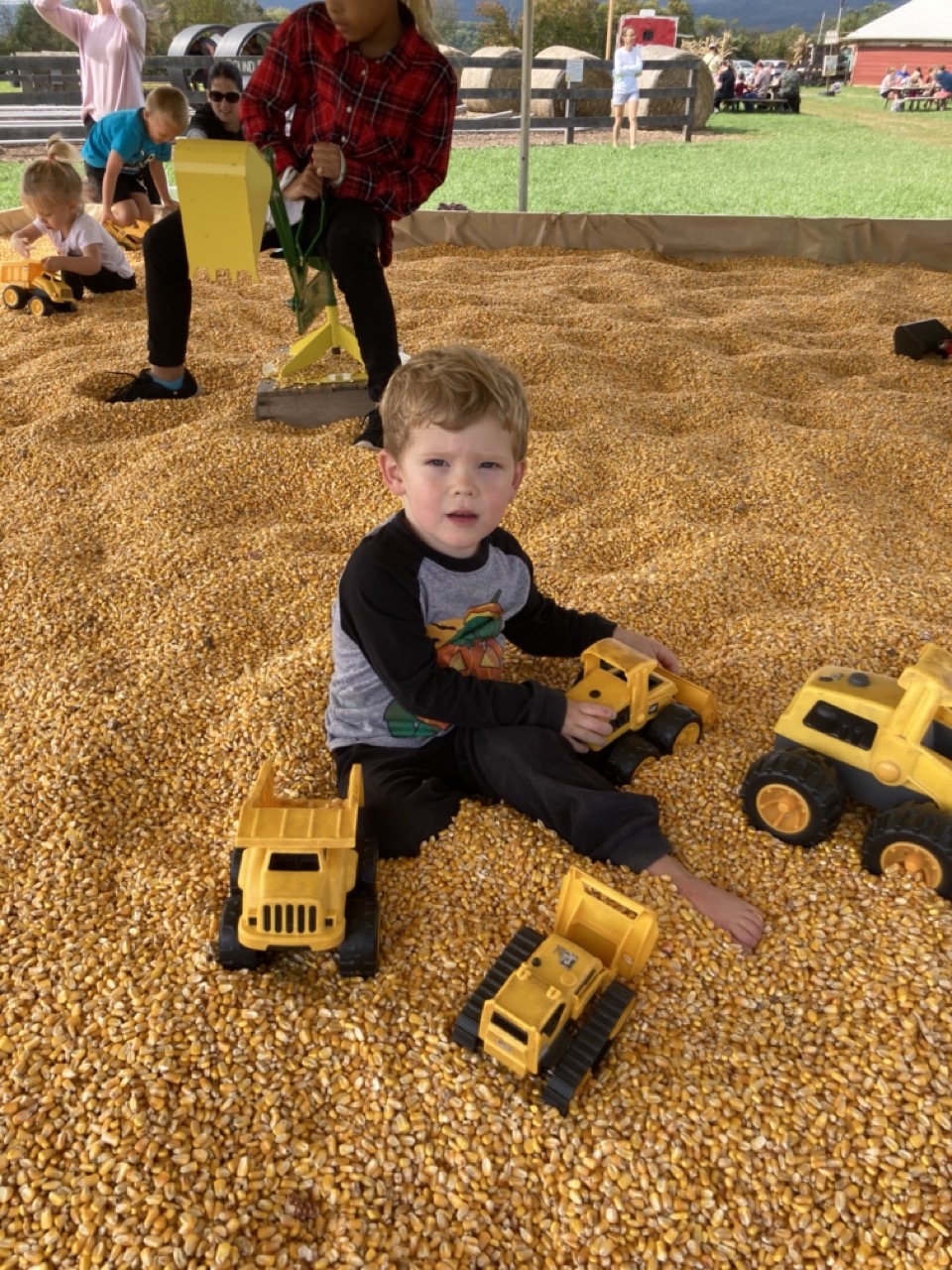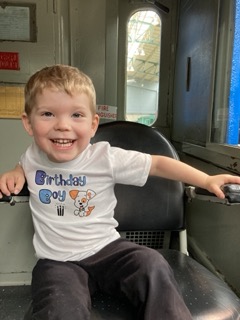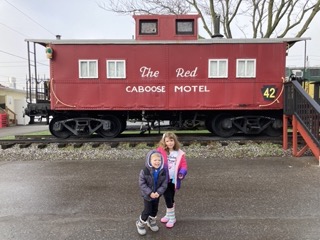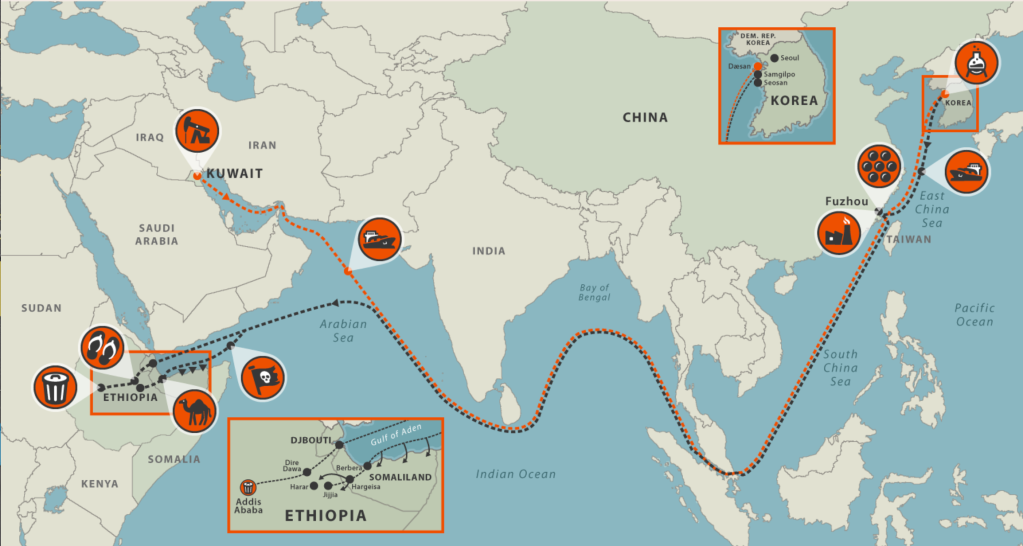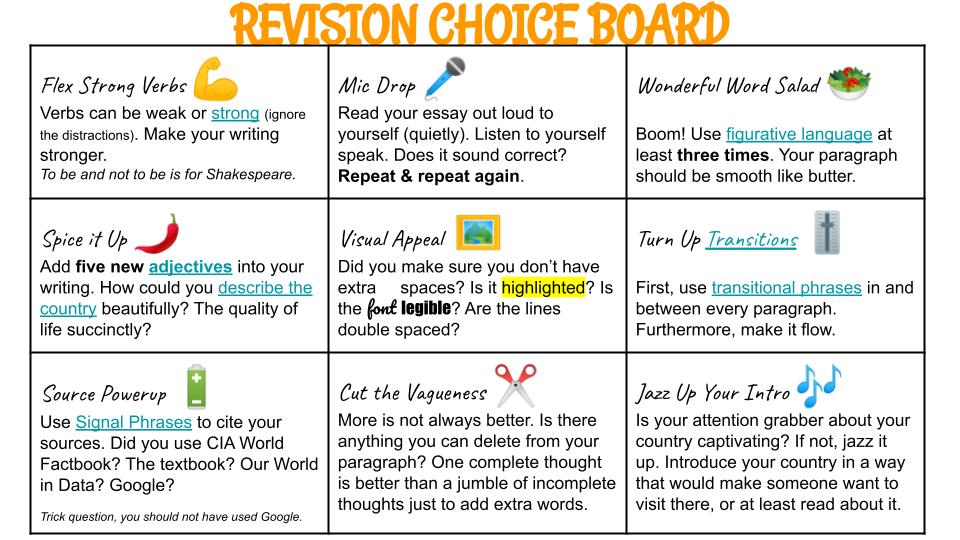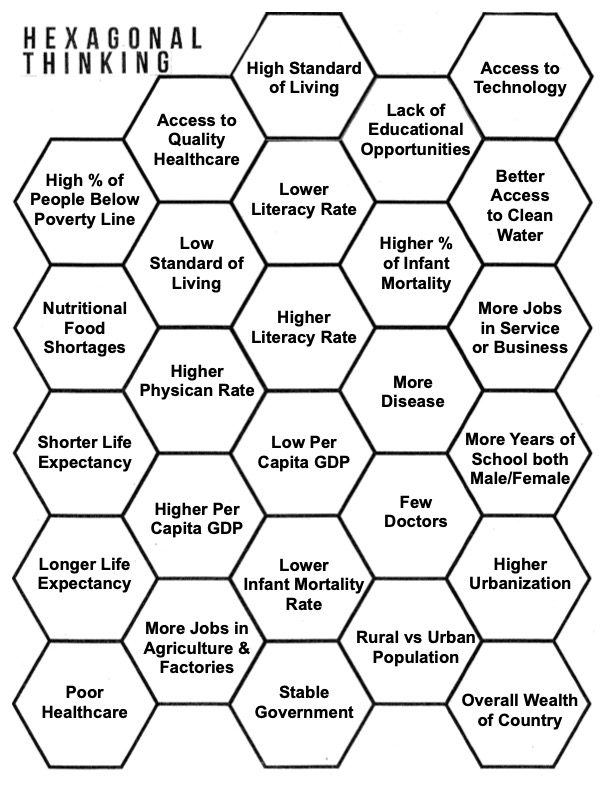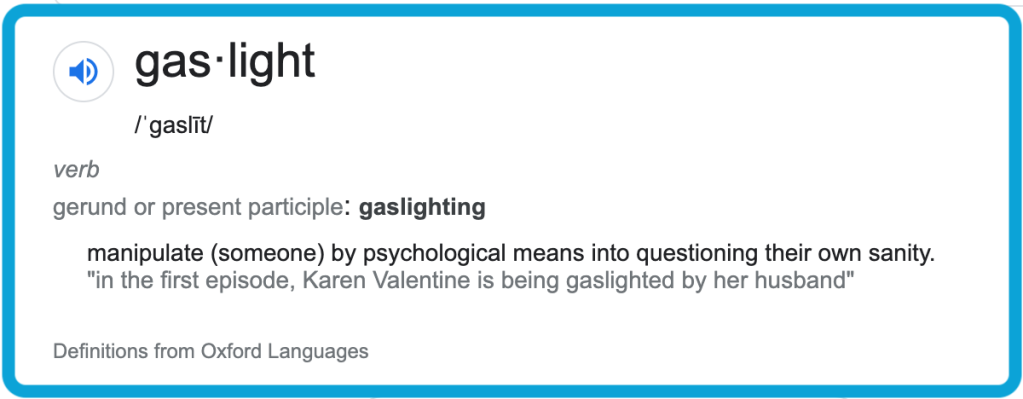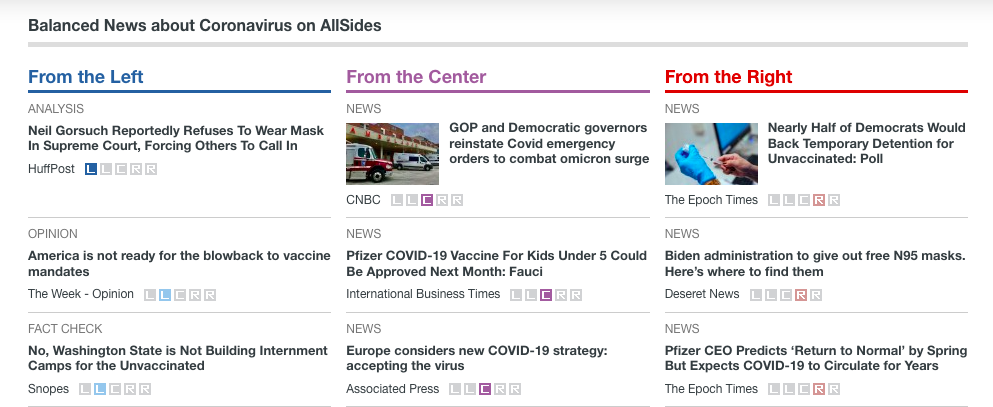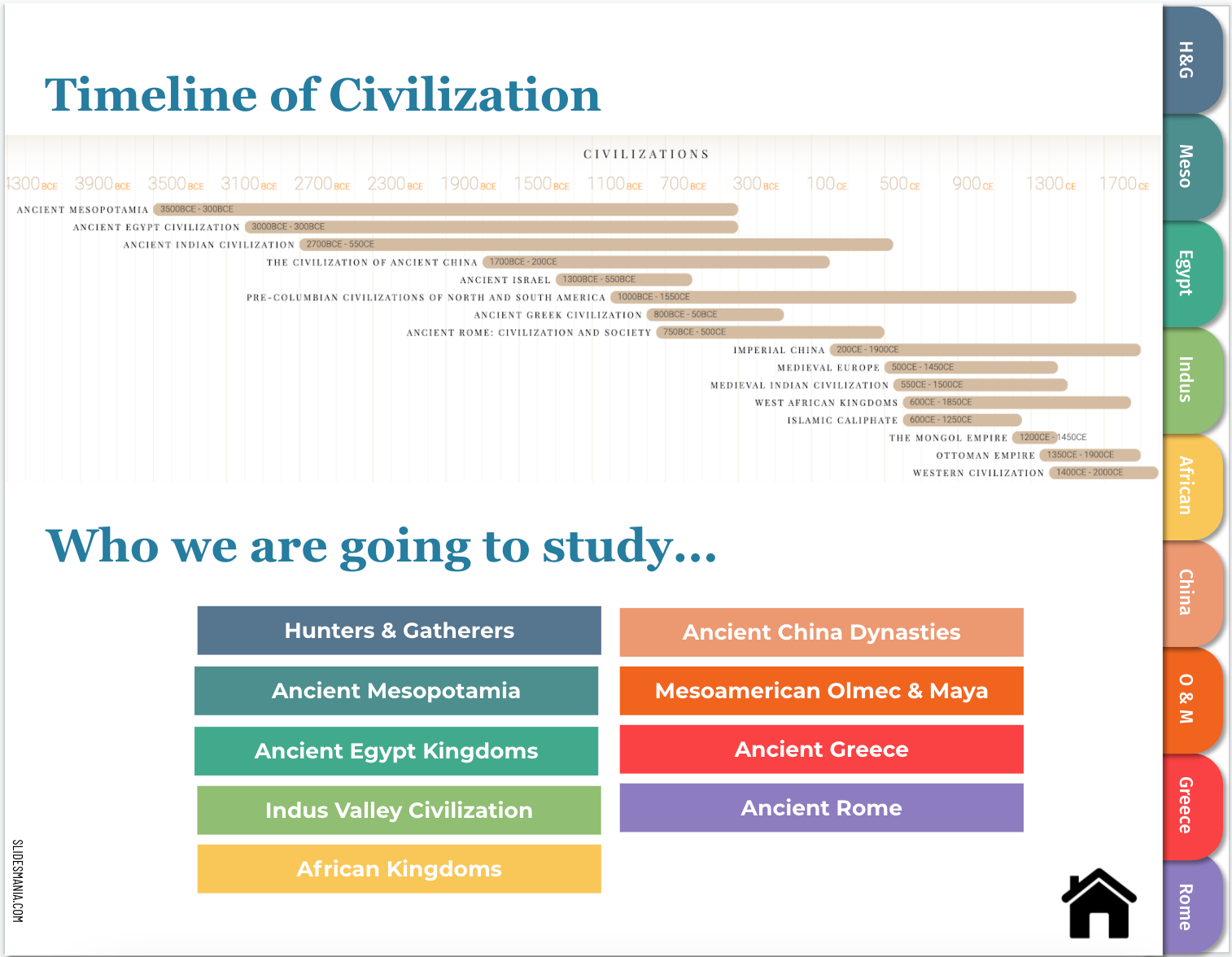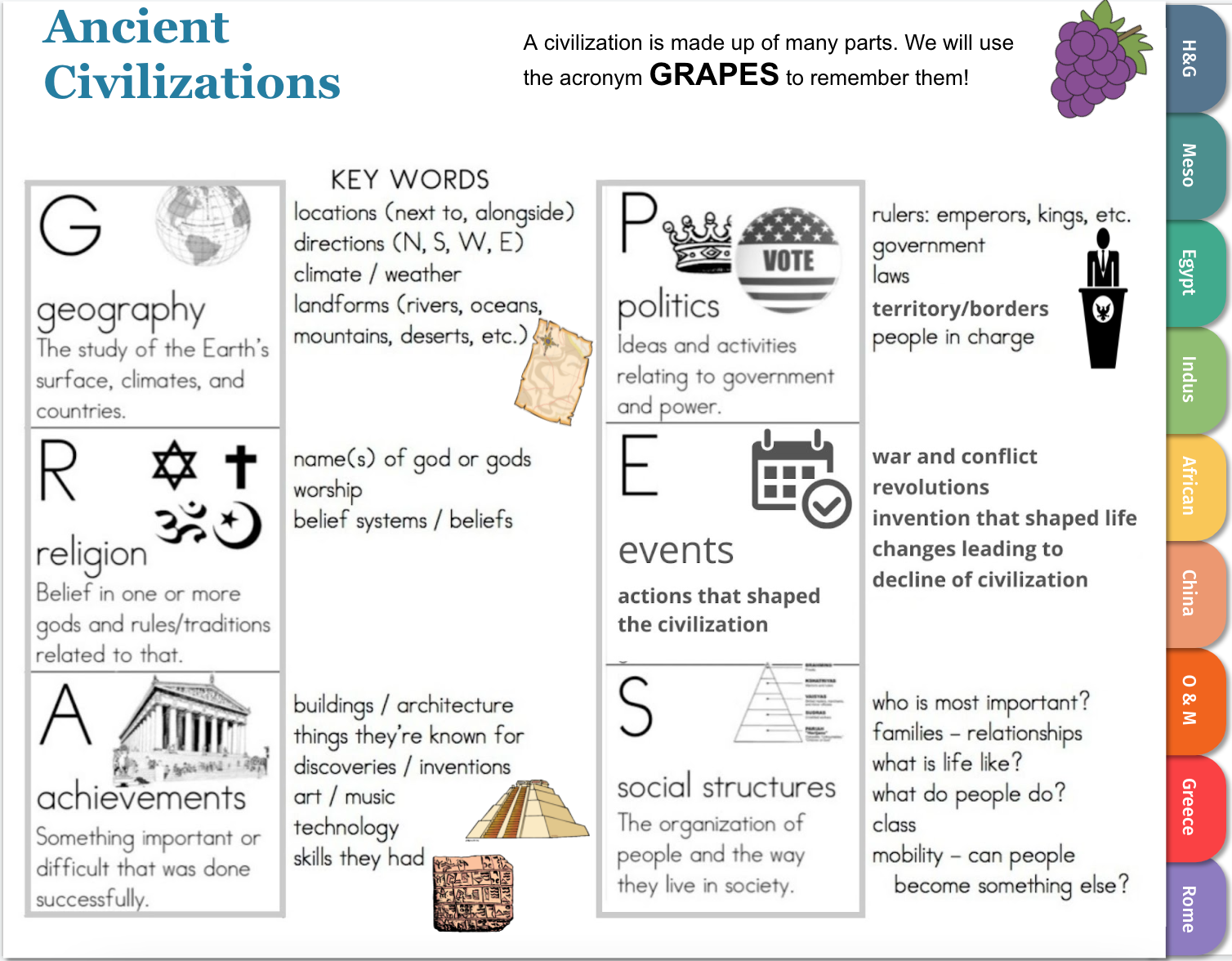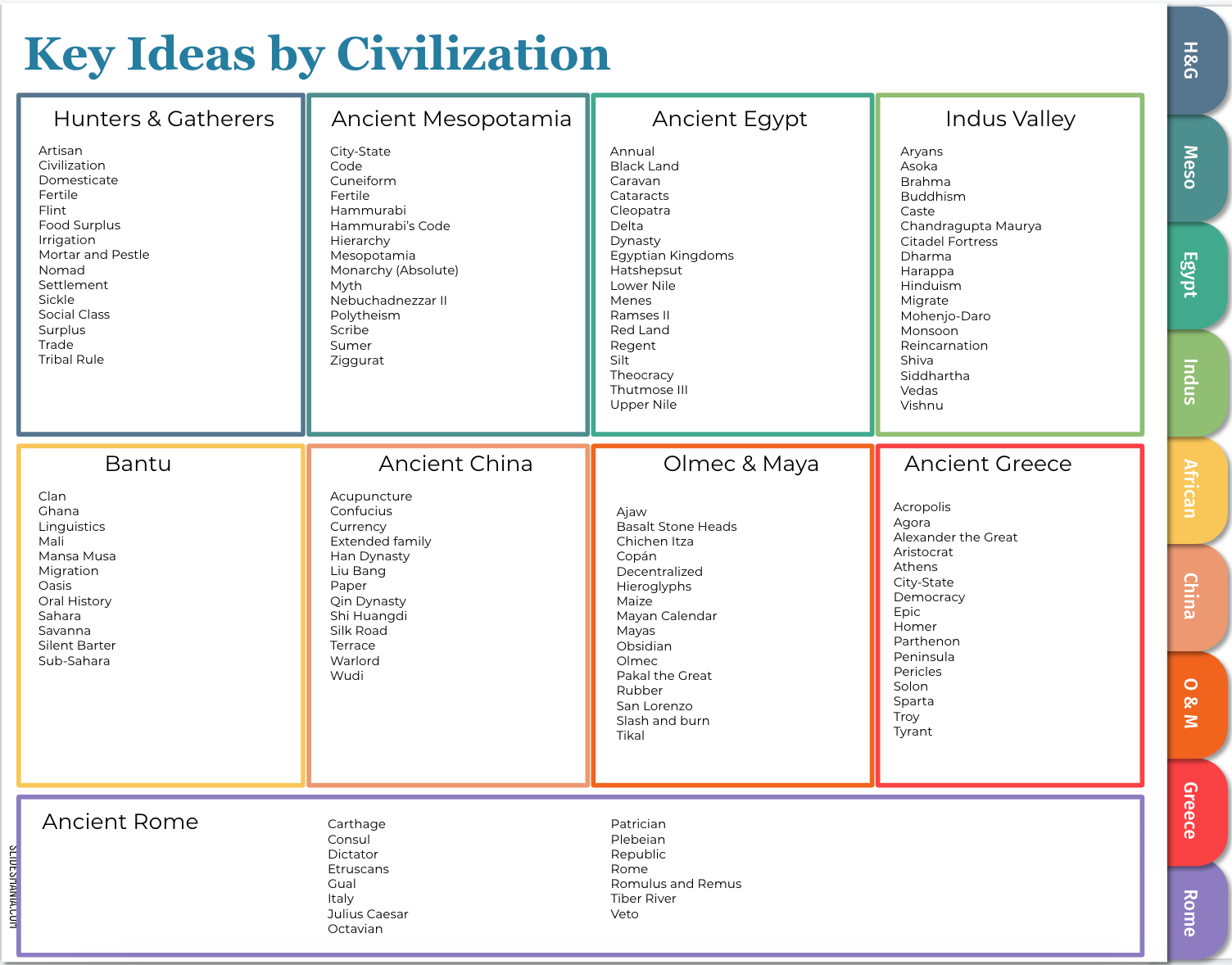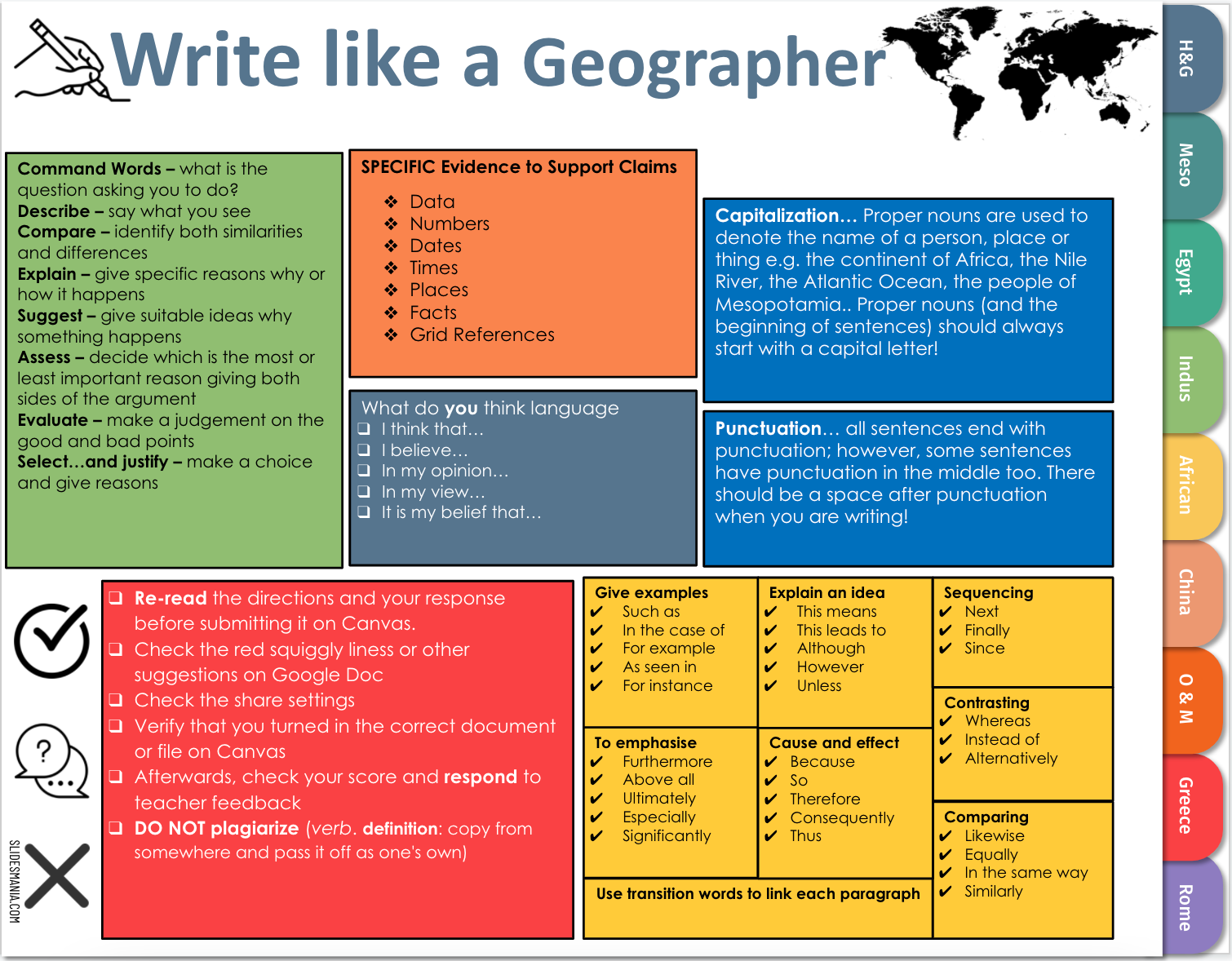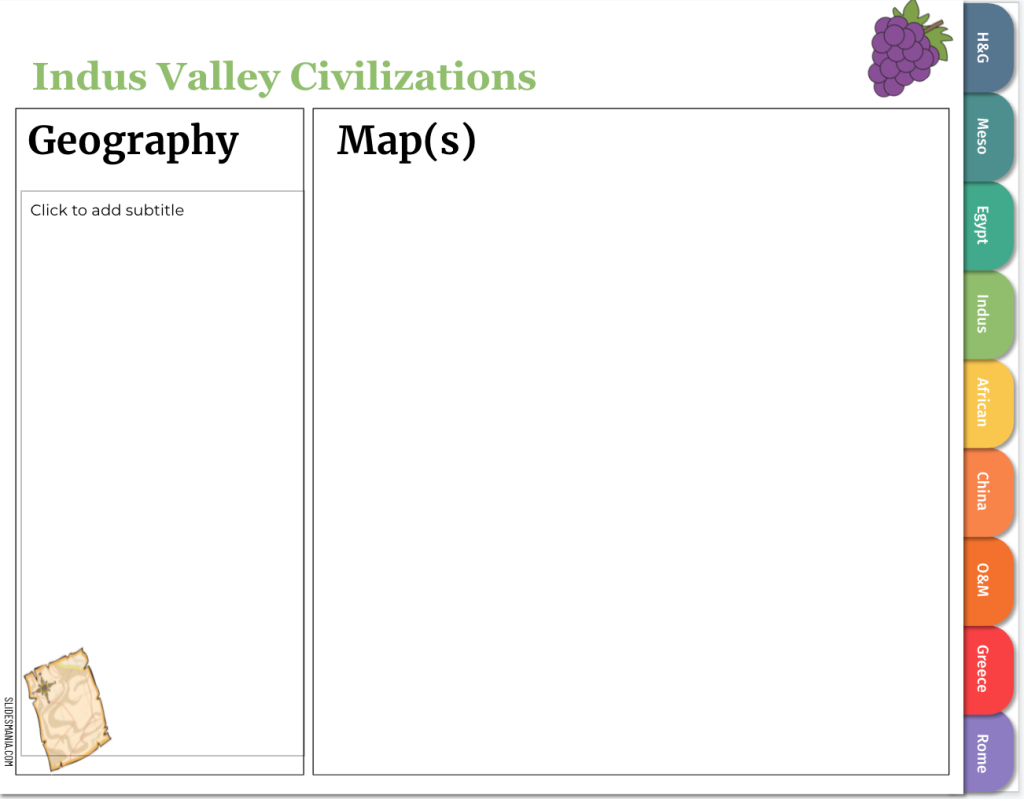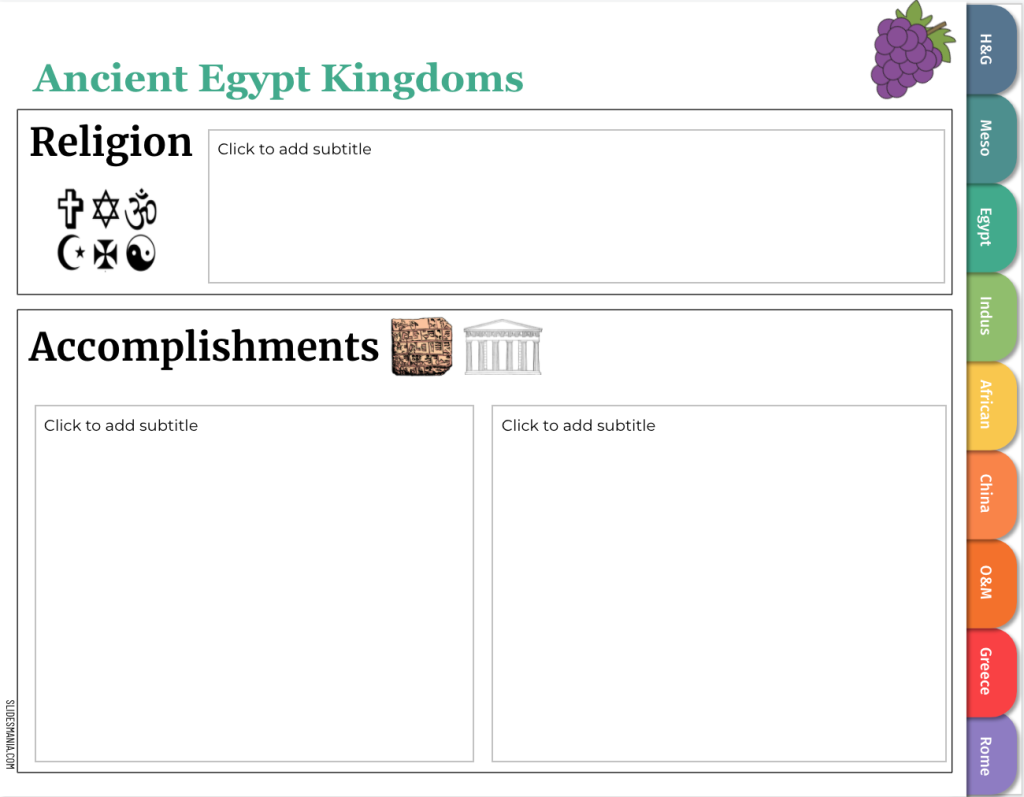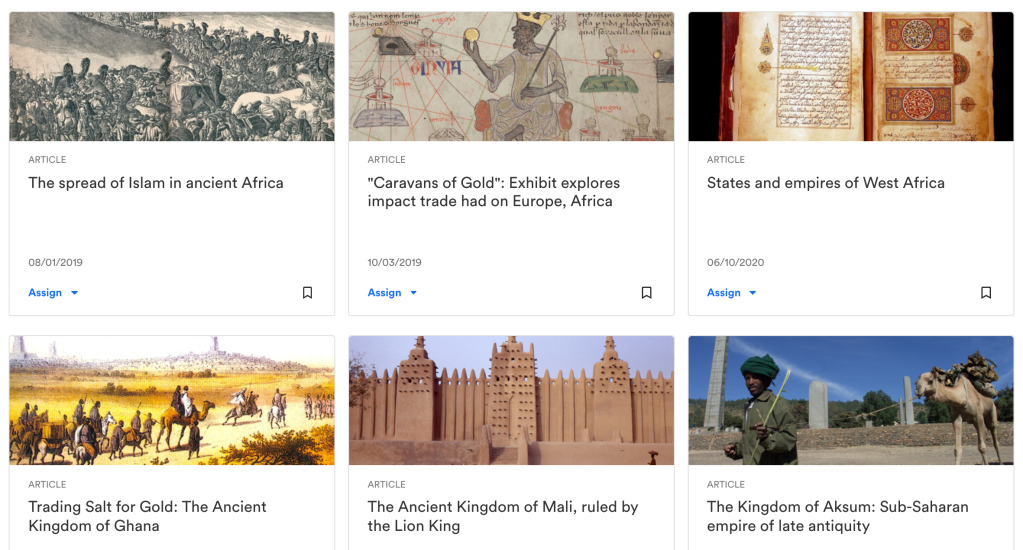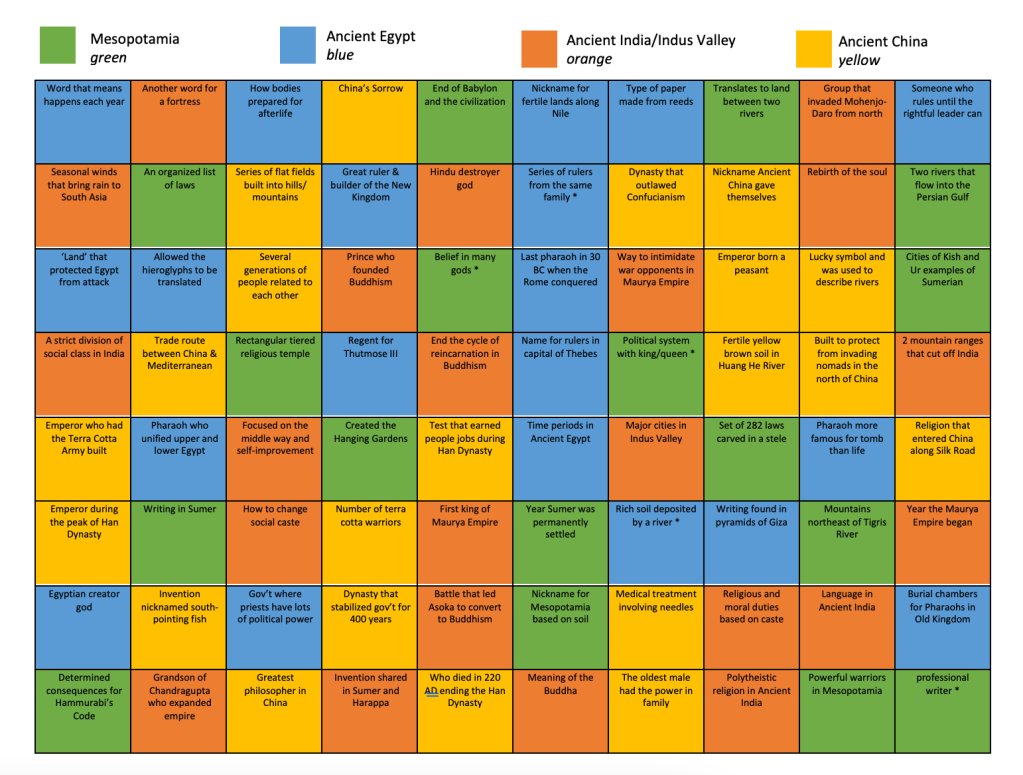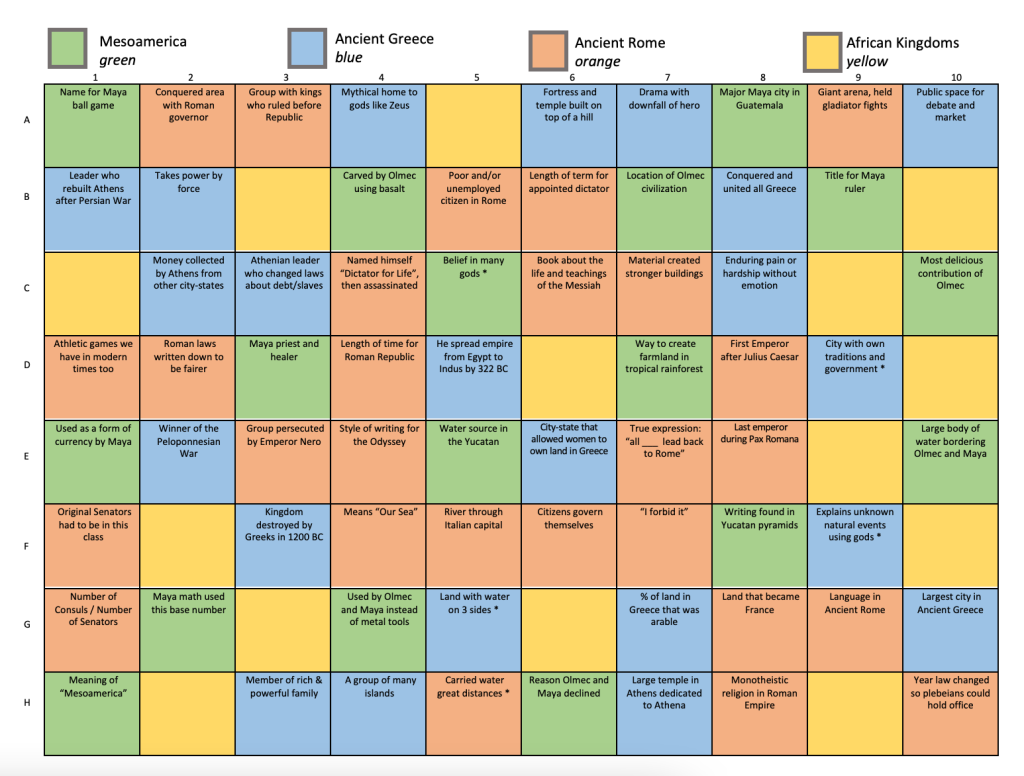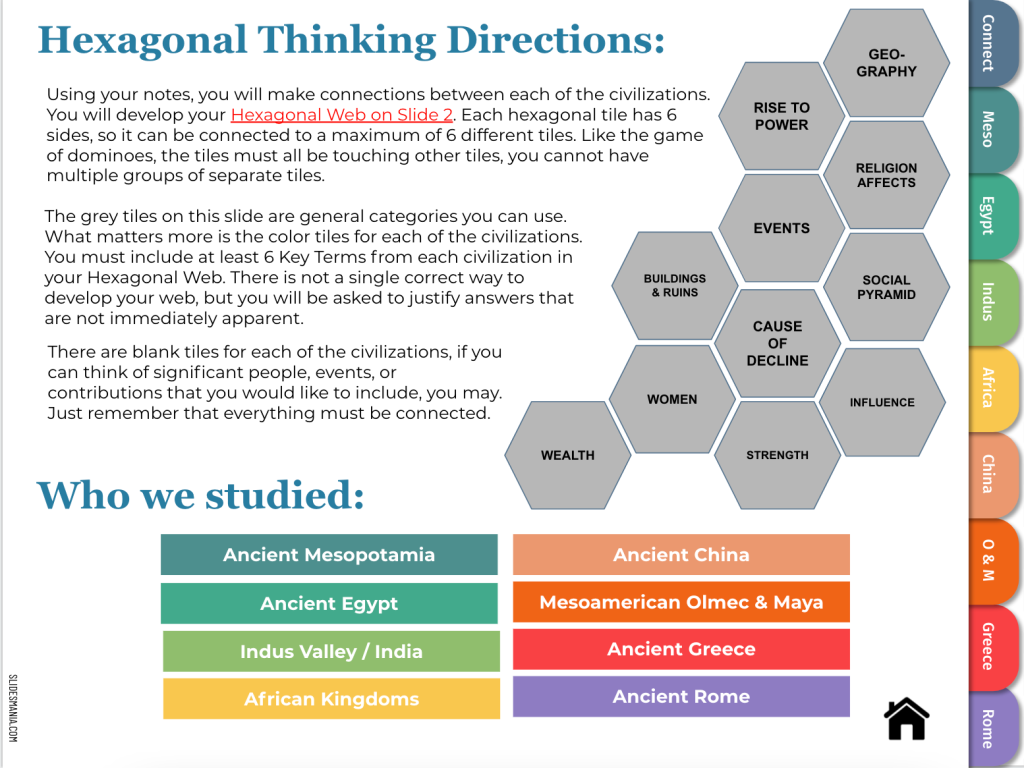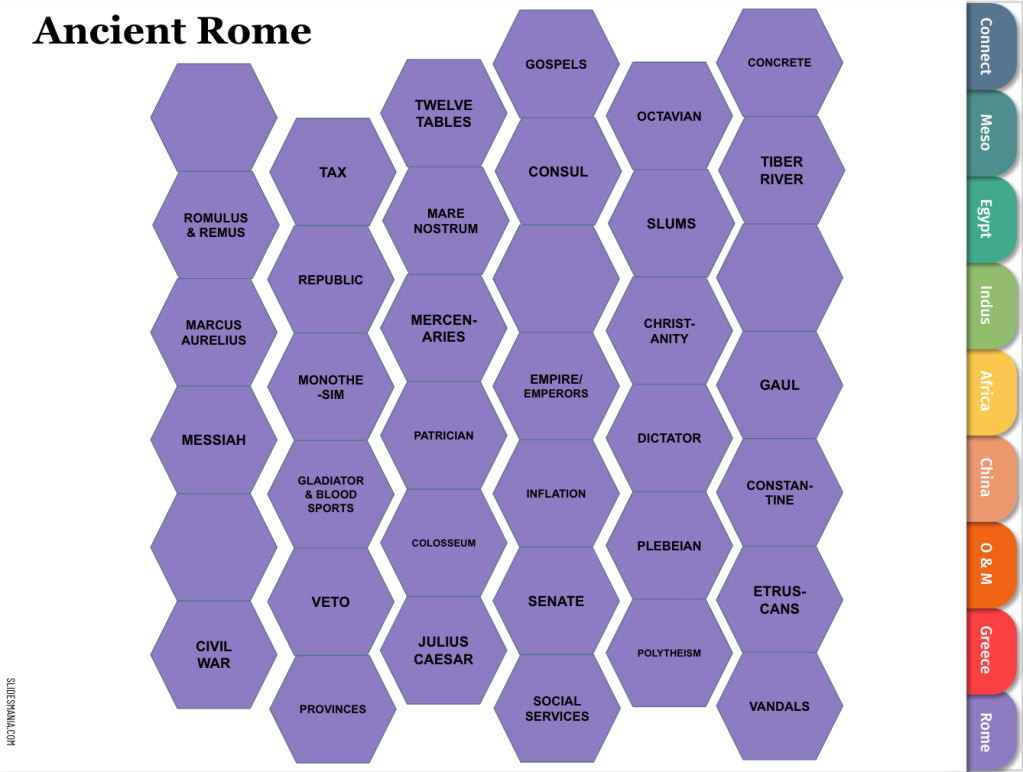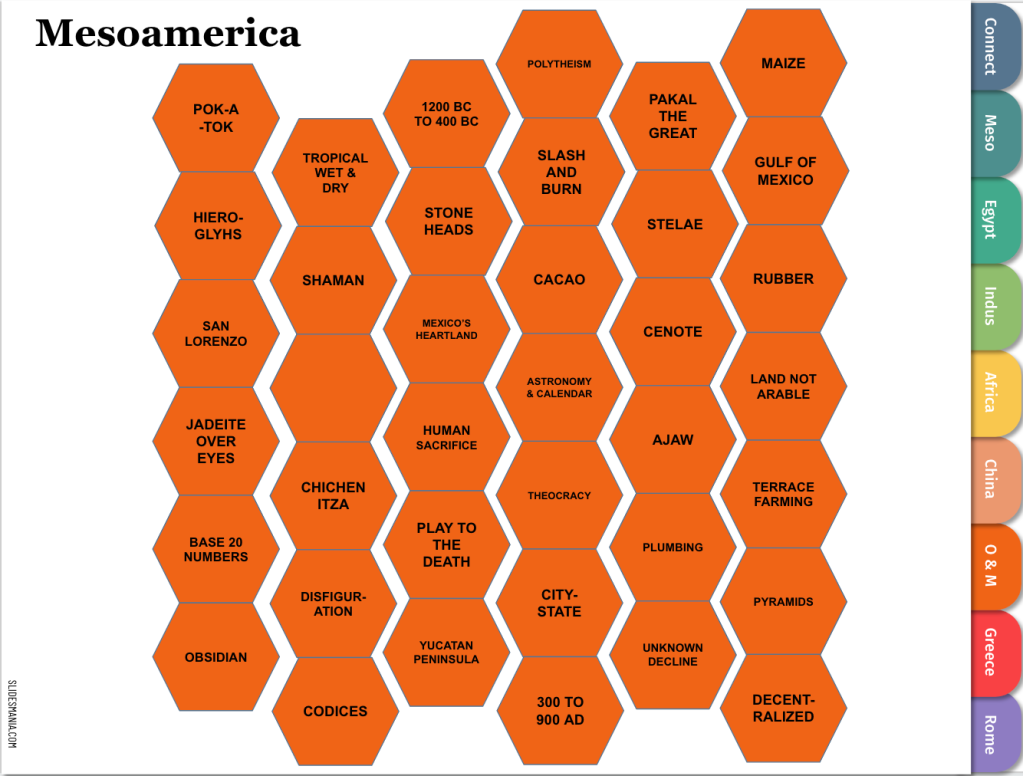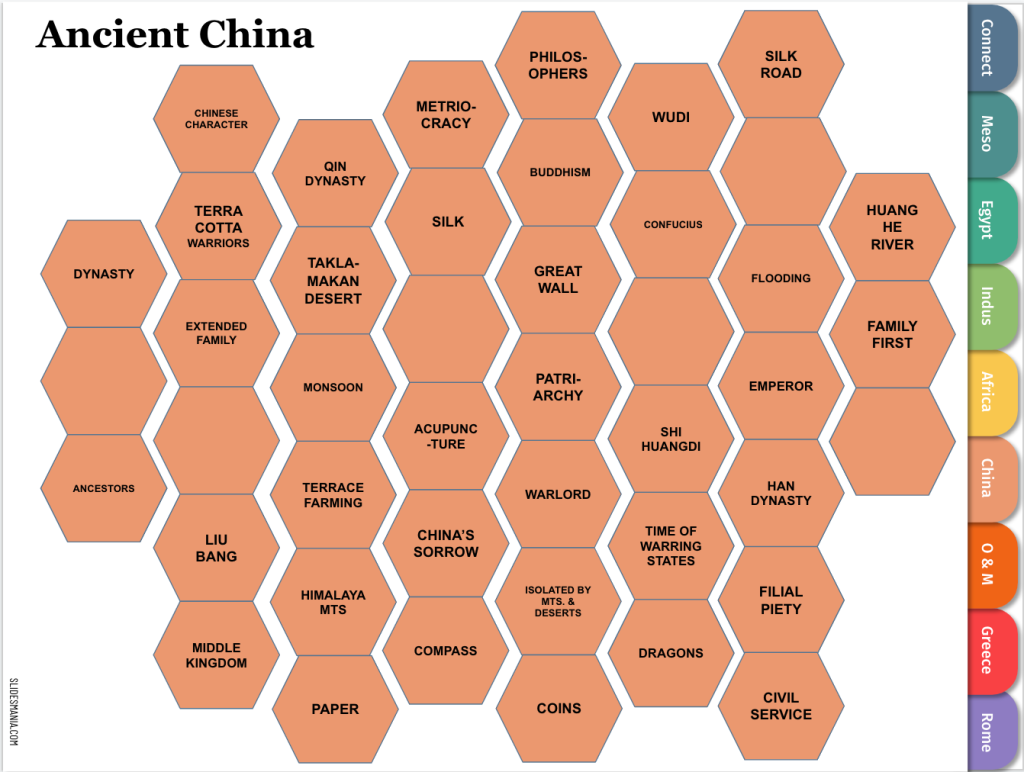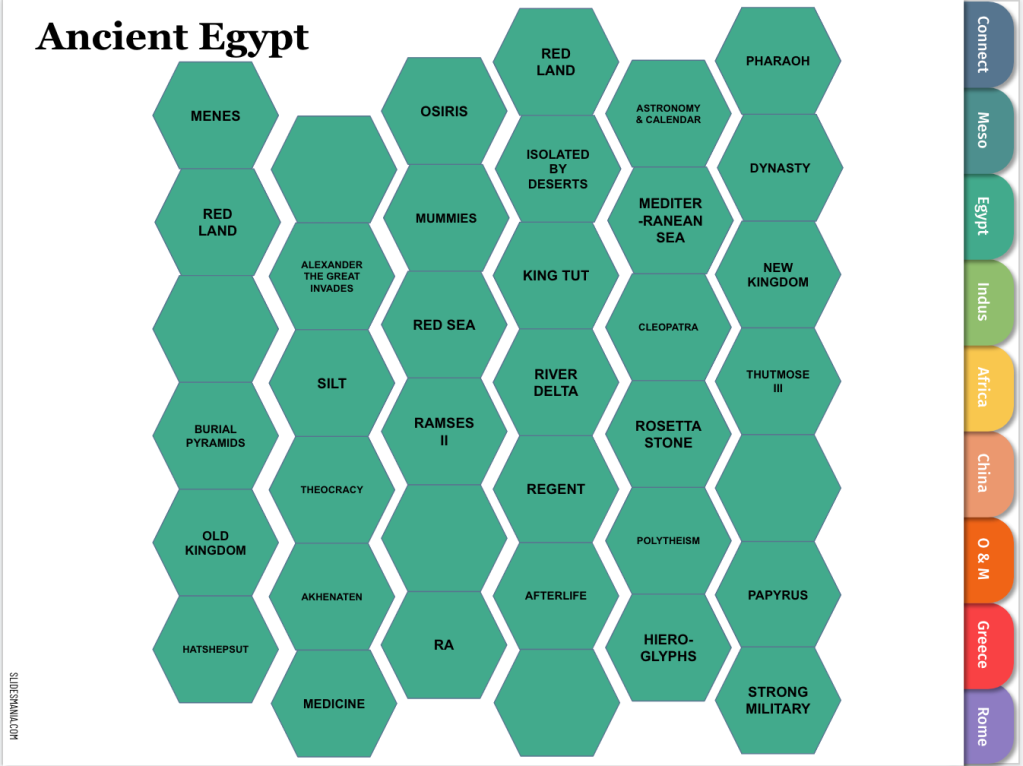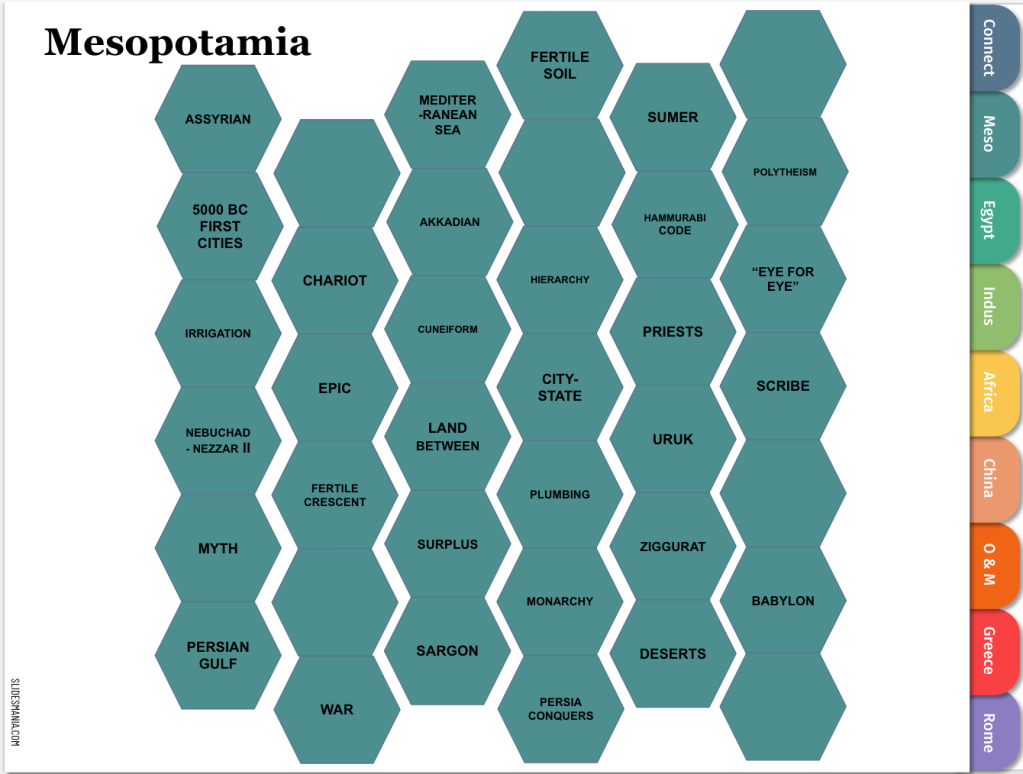
I have used the past few years to teach myself Add-Ons for GoogleSheets and GoogleSlides as well as playing around with more advanced design ideas. It was born out of necessity during hybrid learning – all of a sudden everything that had been on paper needed to be virtual. I also need more efficient communication and data tracking.
YouTube and blog posts are how I taught myself. Teachers and staff I work with often how I accomplish some of tasks I do, so I created two PD trainings in my district and I will describe the highlights below. Most of these Add-Ons are through Google Sheets, but some also incorporate other Google Apps in the final product.
I first used Doctopus to distribute Google Docs before Google Classroom was even an option. Then I paused using it because it was easy have have students ‘Make a Copy’ instead or adding ‘/template/preview’ instead of edit at the end of the URL to share what it looks like before having them use the template. However, the downside was knowing if students really did have a copy of the materials and making sure they were shared back with me. Other impatient students would end up with many, many copies of the Google Doc because they would not let the screen load and just repeatedly click ‘Make a Copy.’ This often meant a blank copy was accidentally submitted instead of the version they actually worked on.
The benefits of Doctopus are easy distribution and management of Google Docs, Google Slides, or Google Sheets. Doctopus also lets you differentiate as simply as having a letter in a group column, then multiple versions of the Google Doc or Google Slide shared out without students realizing it was different. For some projects, I will have 3 or more different versions of a project based on skill level and language abilities. Doctopus also works great for groups – a single copy is shared with all the students as editors. Once students have the files, as a teacher you can run ‘Refresh Edit Counts’ to see what students have done: the last date it was edited, how many times they have edited it, and the word count (depending on the type of file).
A more creative use of Doctopus is using the ‘Refresh Edit Count’ function. Then sort by date. I delete the dates that are current, leaving the students who are behind work on the GoogleSheet with the Edit Count information. It is easy to combine the Doctopus roster with personalized Form Mule emails (more detail below) with suggestions for progress and links to resources that could help them get caught up. For some long term projects, I also add the parent email addresses too and CC them on the updates.
I love Form Mule with Google Sheets. There are many options for merging Google Sheets data into customized emails, this is just the one I have become familiar with. Form Mule can be utilized for a simple form email that can be sent out to everyone on the list or it can be more complex with conditions added to customize who receives different versions of the message.
It can also be set to automatically email when a GoogleForm gets submitted. This works well for communication with students and parents after having students self-reflect after behavior issues. Our team has used a behavior QR code for 5 years successfully. I helped the band teacher set up a similar communication form for when students forgot their instrument for a lesson or band day. A similar Google Form could be set up to communicate with parents when students forgot homework or were unprepared in another way.
I have been the grade level Student Council Advisor for many years. I have tried many different ways to communicate and plan with students. I have completely run communication through GoogleSheets this year and appreciate the simplicity. I can send emails about Student Council meetings or customize the message with reminders about specific events they signed up for.
This isn’t an Add-On, but it works so well with the Add-Ons, especially when I know how to describe what I want but do not know how to write the Google Sheets formula. I used to rely on YouTube and trial and error for my formulas. Now if you are specific with directions, ChatGPT or another AI website can generate the formula for you. This has given more more options for personalized communication with FormMule and Array Formulas. My previous blog post was ways I thought of to use ChatGPT for my classroom. Asking for spreadsheet formulas is one of my most frequent uses.
This Add-On works amazing if you have to group students frequently. It functions exactly as anticipated: adding students to a tab based on what a cell in the column. I used to run an after school program had to sort a long list by walkers, parent pick-up, and bus riders. This was a lifesaver, or a least a huge time saver.
This year we run a remediation period at least once a week. Where the students have to report to changes as often. We needed a way to provide a roster for each teacher of which student they would have in their room while simultaneously communicating with students where they needed to report to. The roster is made possible with RowCall and and the communication is through FormMule. A few clicks of a button and the list is automated and perfect.
I have used a lot more digital notebooks and GoogleDoc templates since hybrid teaching. My favorite source of design templates is SlidesMania. Using the Add-On Autocrat, form fields can be added to a digital notebook or a GoogleDoc. When the Add-On runs, it will automatically email a customized version of the Doc or Slides based on a Google Form submission. One of my Autocrat tasks was a pre-writing for a research project for some of my learning support students. They struggled with where to start. The template gave them a basic outline for their essay with spots to plug in the research statistics they had already found. They just had to add some explanations and edit. As the social studies teacher, my priority was quality research to support a claim, which they were successful with.
A creative idea that I’m looking forward to starting next school year with is a Mad Libs with my course description. I did it this year, but it was low tech. It would have worked better for students to have the entire fill-in-the-blank story in front of them instead of just on the front board. If I create a Google Slide for each of the unit descriptions, it can have the Mad Lib version. Students will fill out a Google Form with the types of words they need to use, then get emailed the Google Slides with their version of the story and the actual course description. They enjoyed the Mad Libs and we all laughed, this would just be more efficient and easier to read.
This Add-On was developed before you could actual set a GoogleForm as a test. All of my current assessments are on Canvas, but I love Flubaroo with Google Forms and Google Sheets for self-grading practice quizzes. There are many share options for what to provide students after they submit the quiz. I’ve also used Flubaroo with digital escape rooms, they have to submit the quiz to get the next clue or link to the next part.
This one is a Google Slides Add-On instead of Google Sheets. I use Nearpod frequently in my class, so it just makes it easier. The lessons created with the Add-On allow Immersive Reader when the lesson is run through the Nearpod website. This Add-On gives me the design choices I like in Google Slides with the engagement features of Nearpod. You cannot copy and paste the Nearpod activities and have them work, but you can ‘make a copy’ and edit a new version of the presentation.
PROFESSIONAL DEVELOPMENT
So I mentioned earlier that I shared my knowledge with some PD in my district. These are the slides that went along with Efficient Workflows with Google Sheets and Designing Digital Notebooks. A bunch of the videos I taught myself for Google Sheets and Google Slides are included in these presentations.





